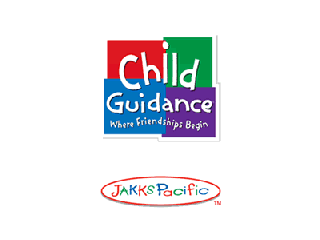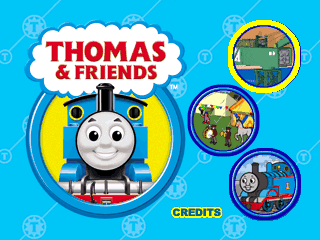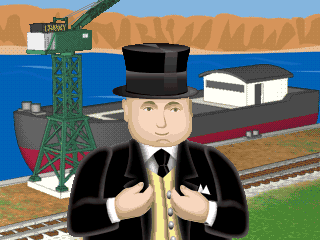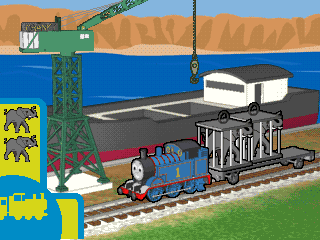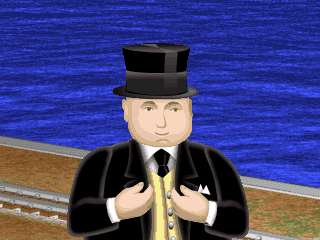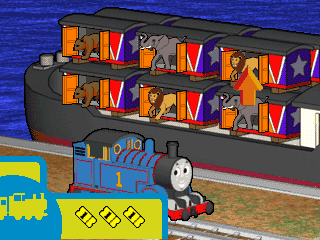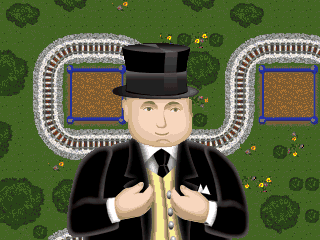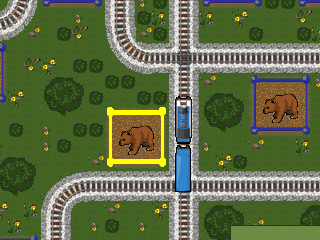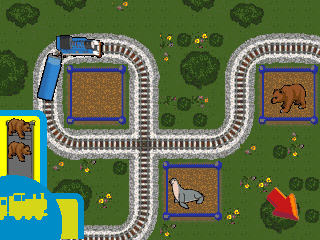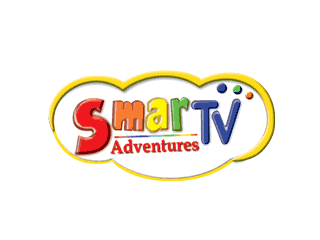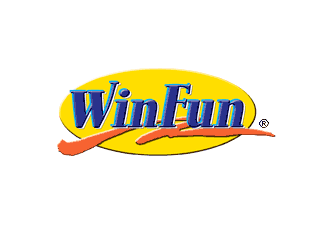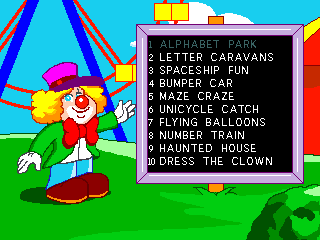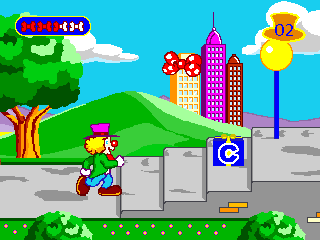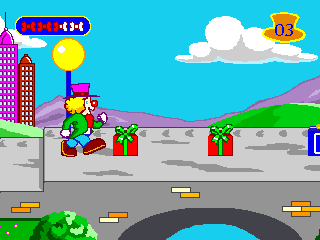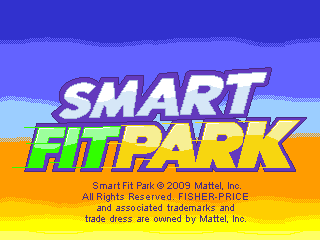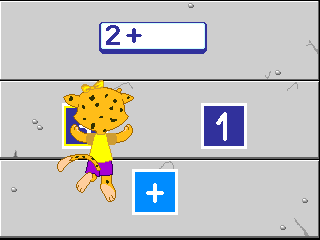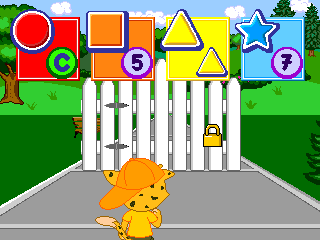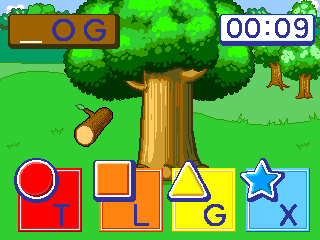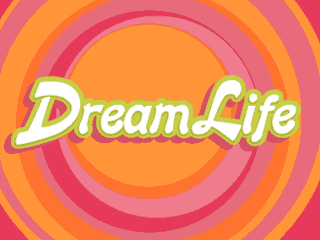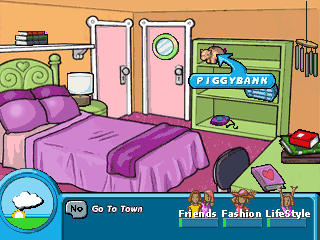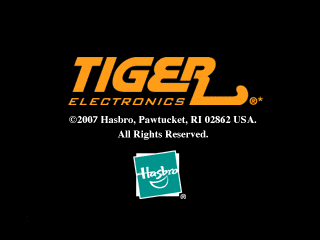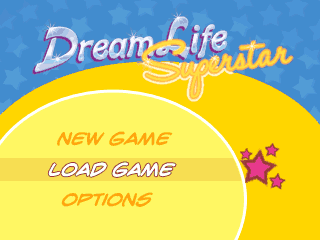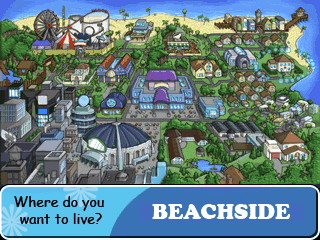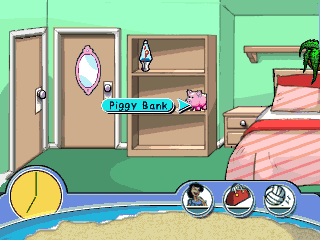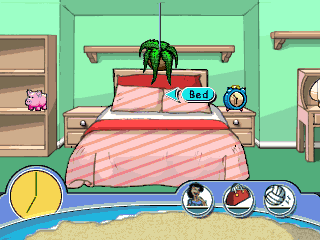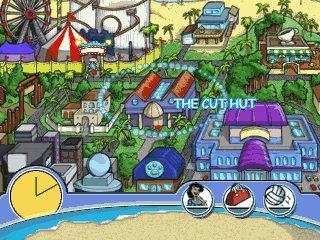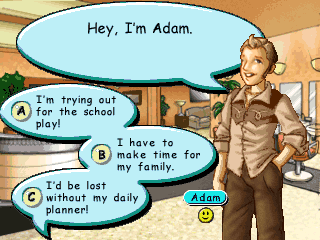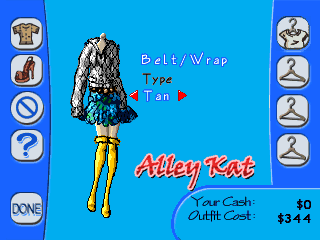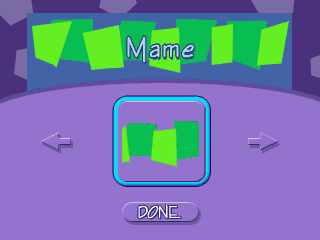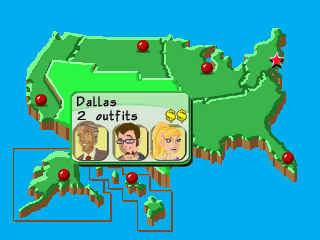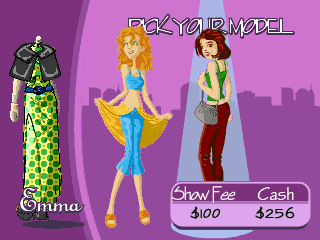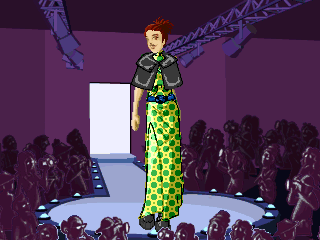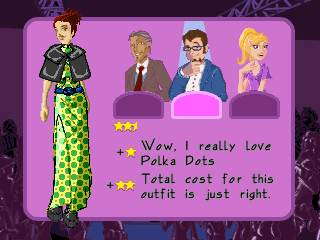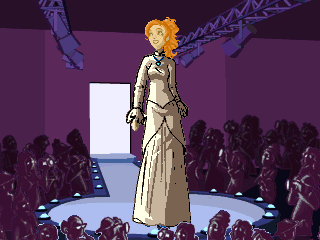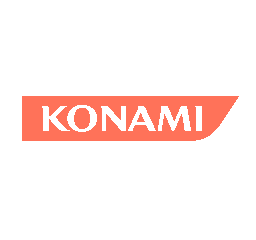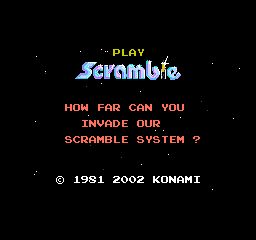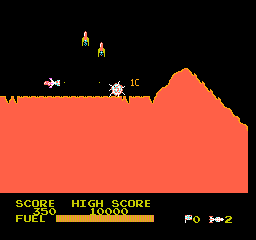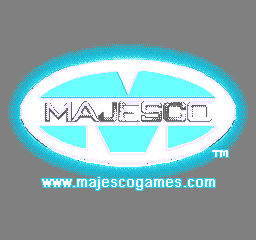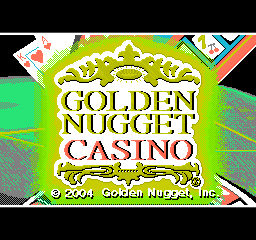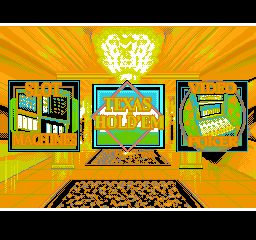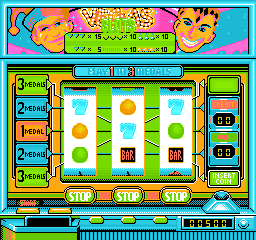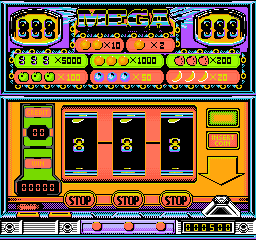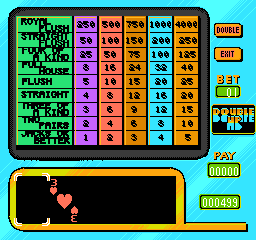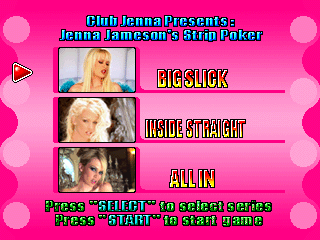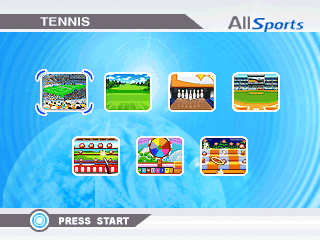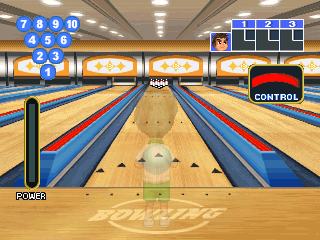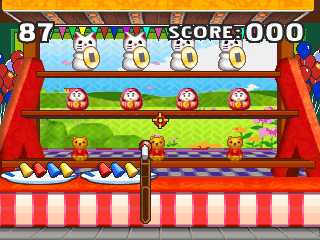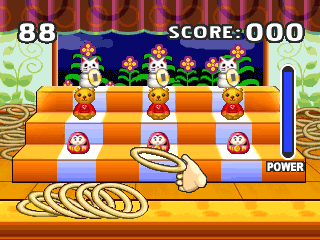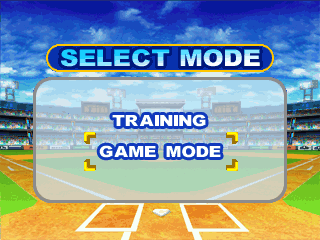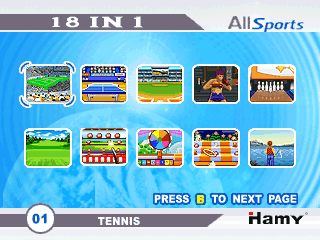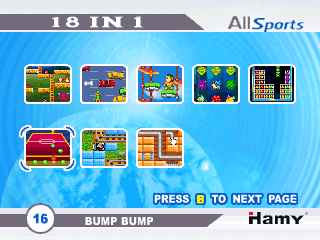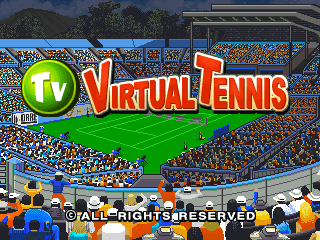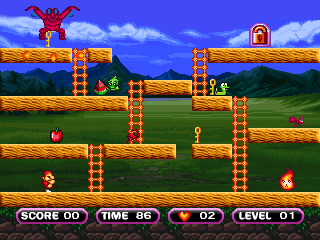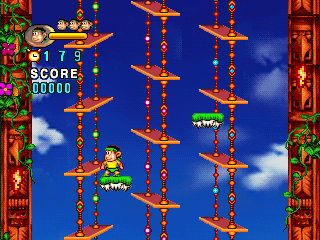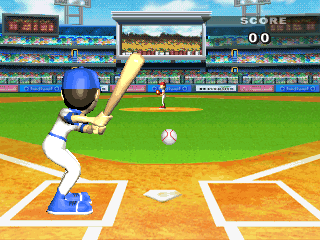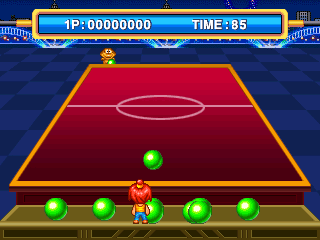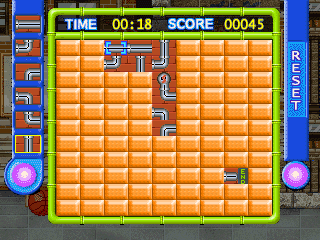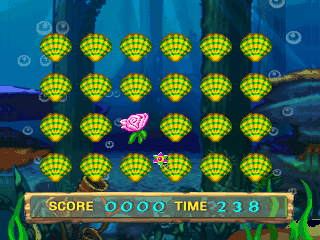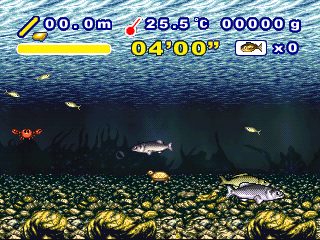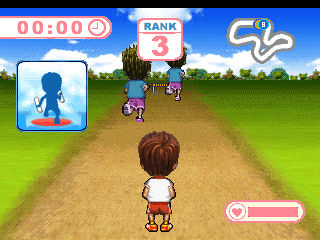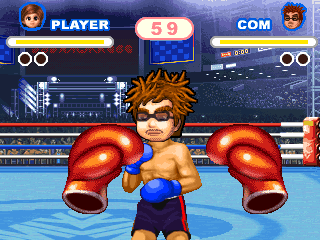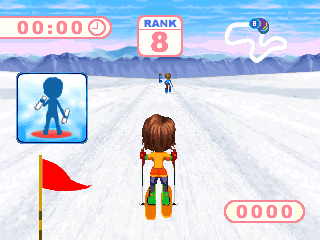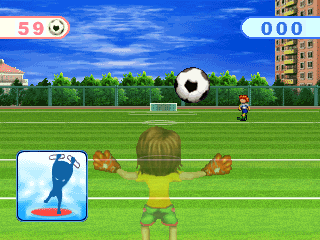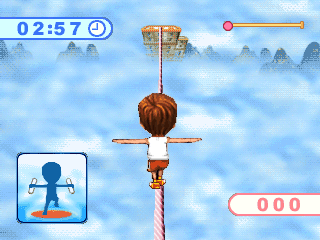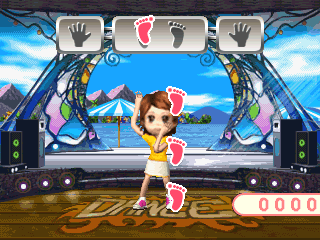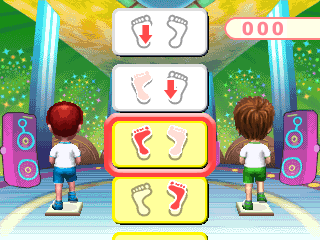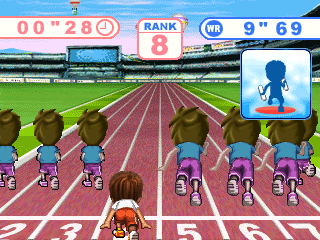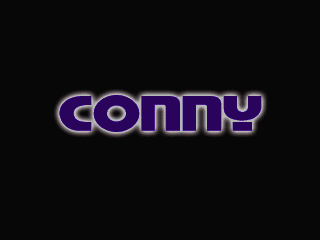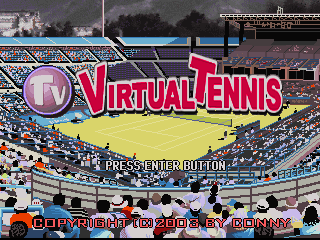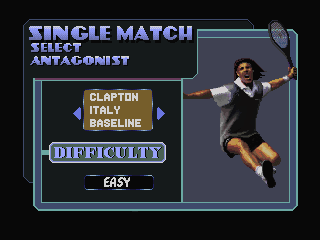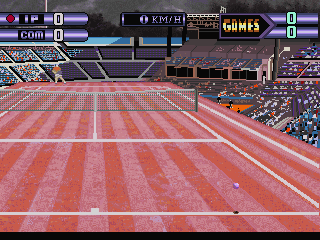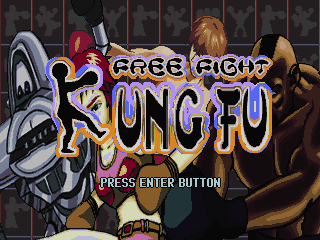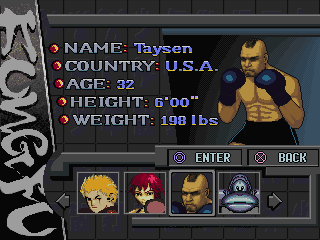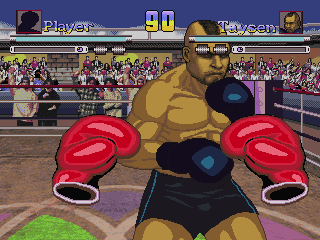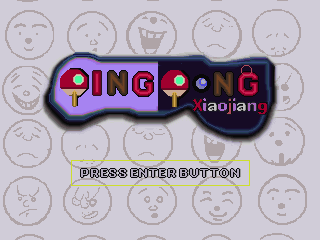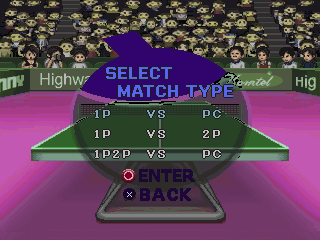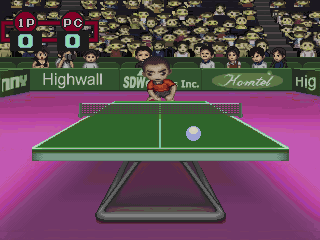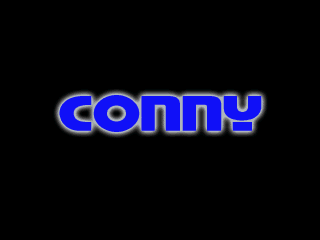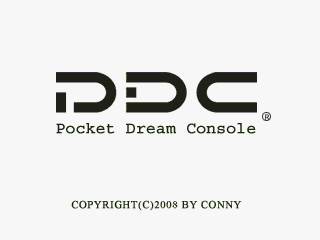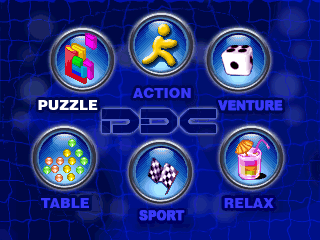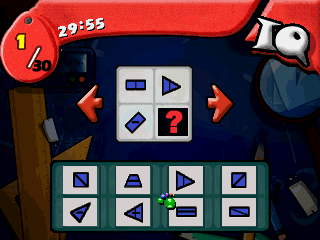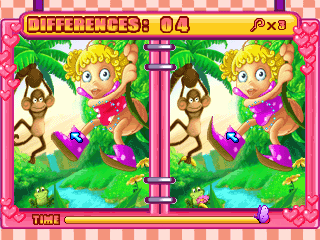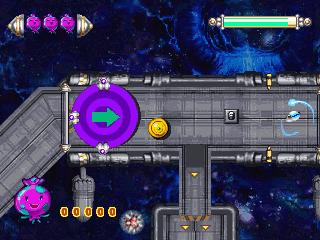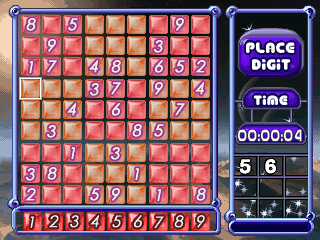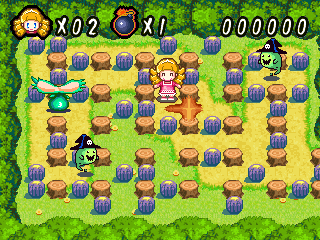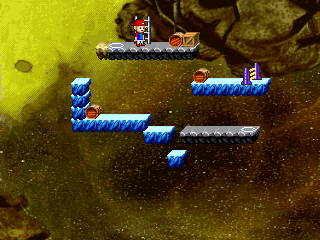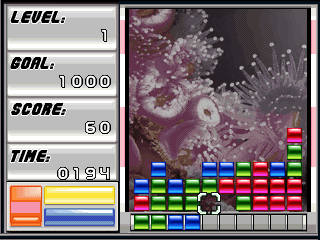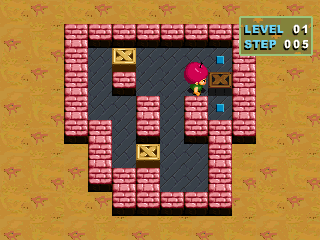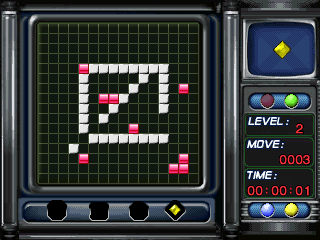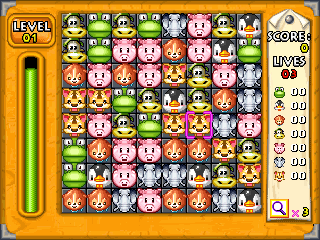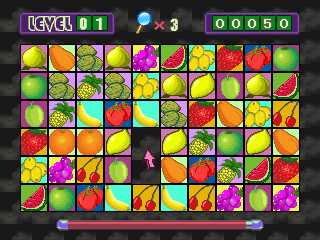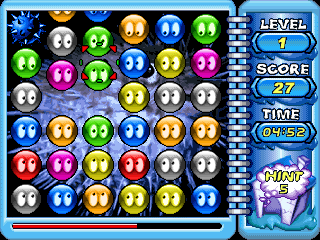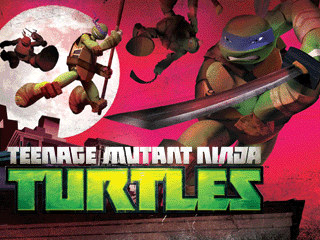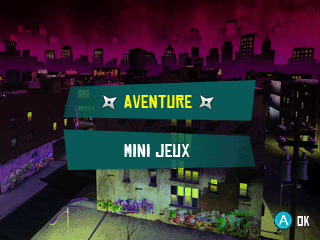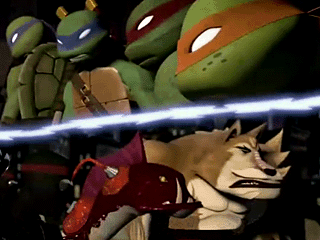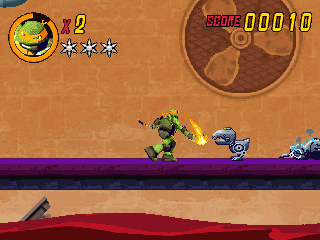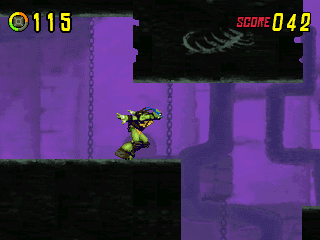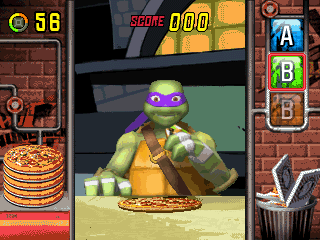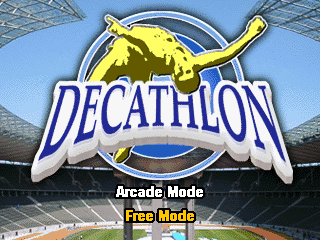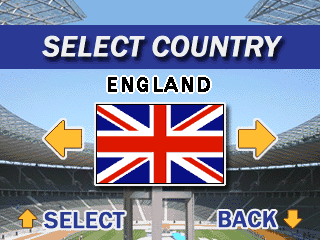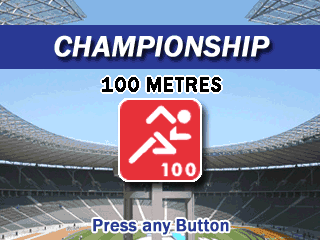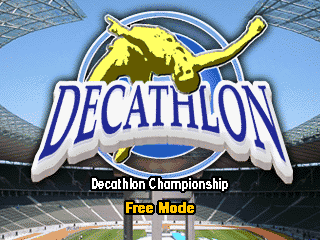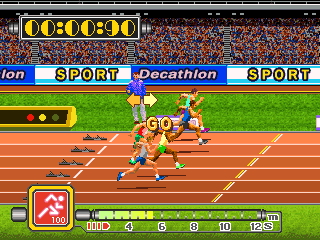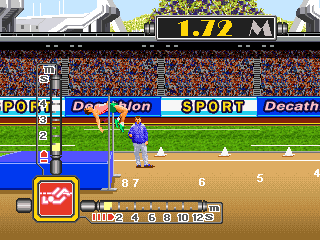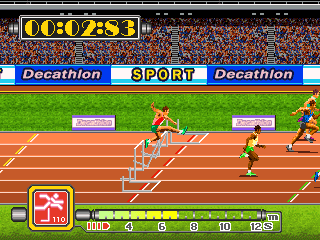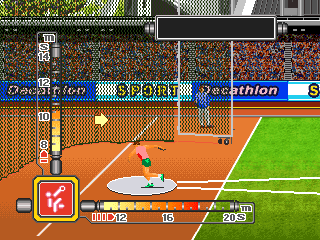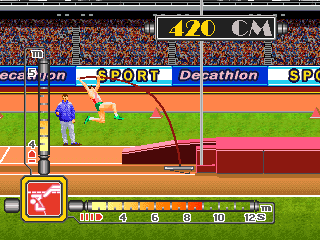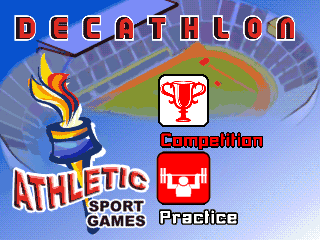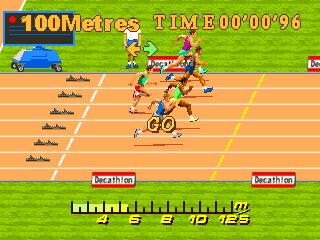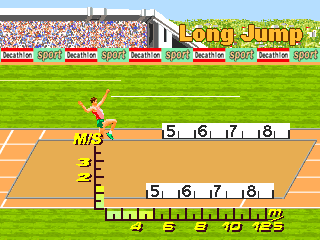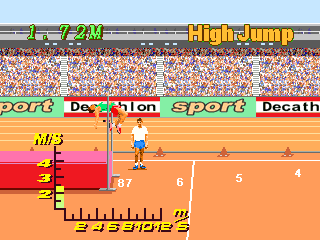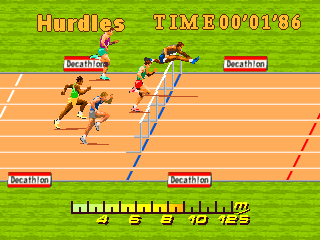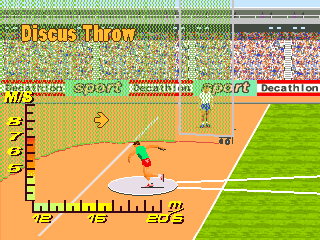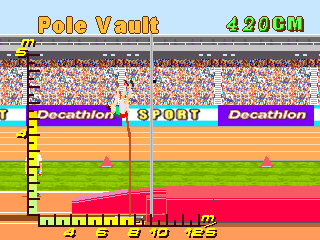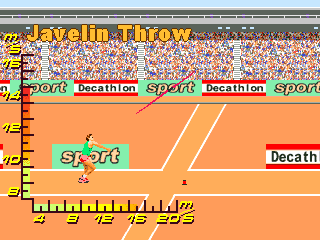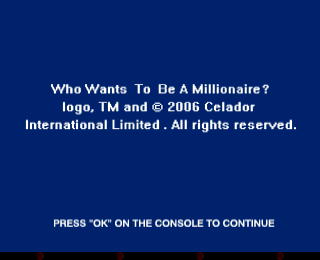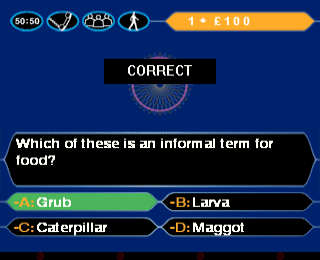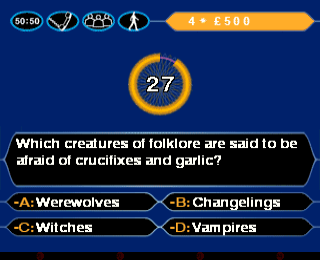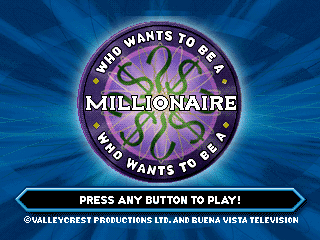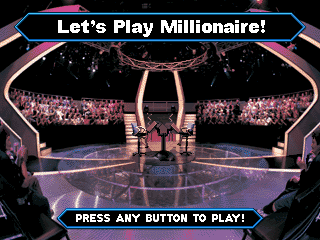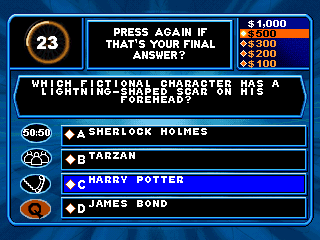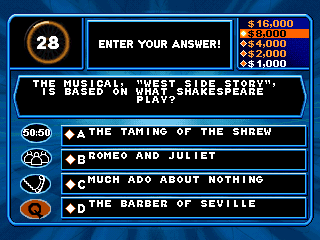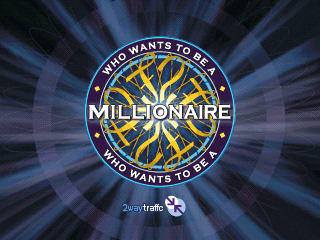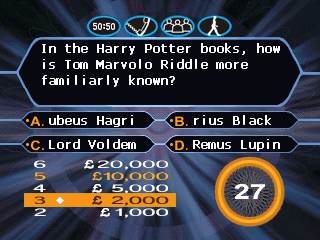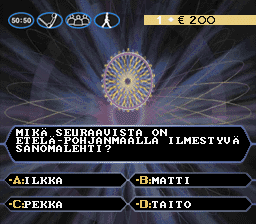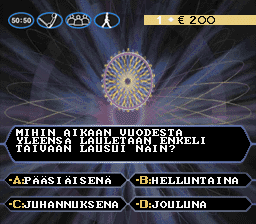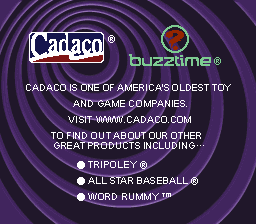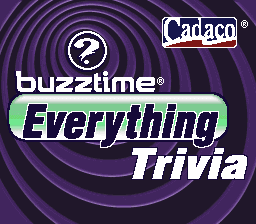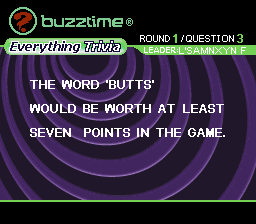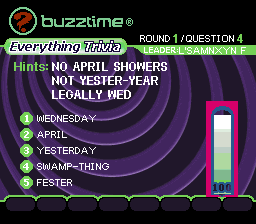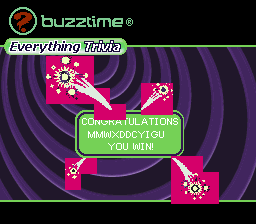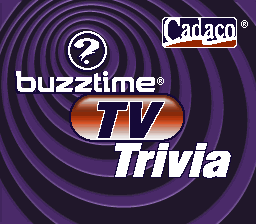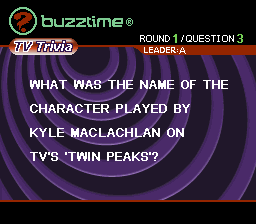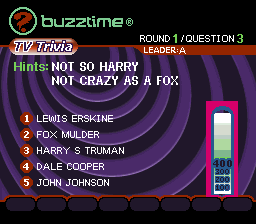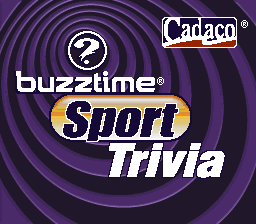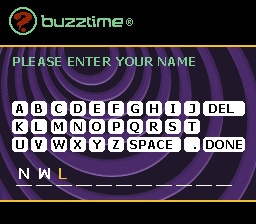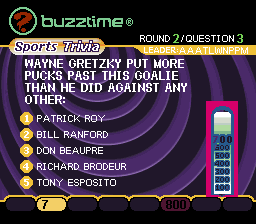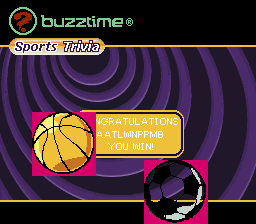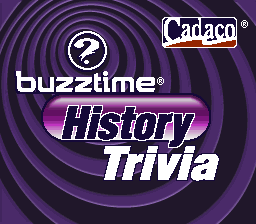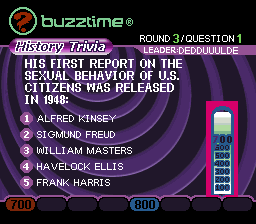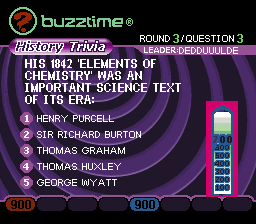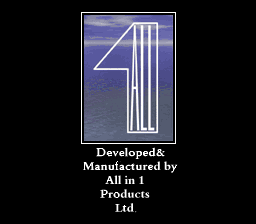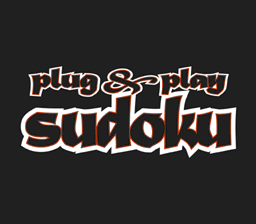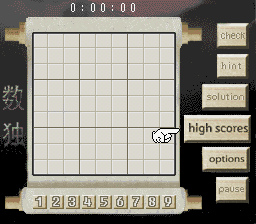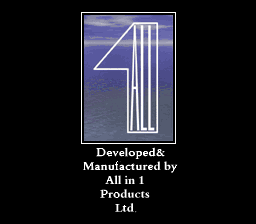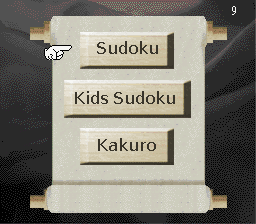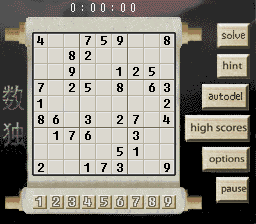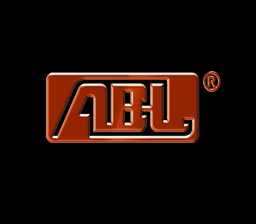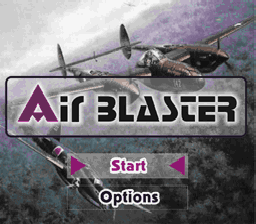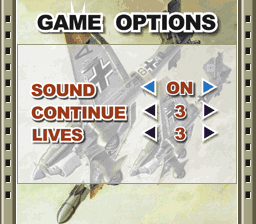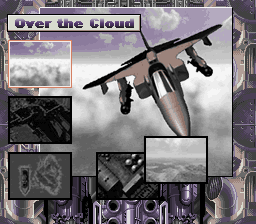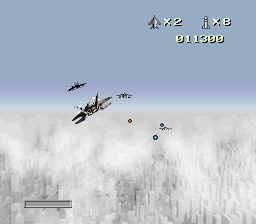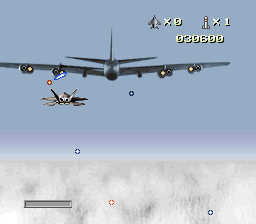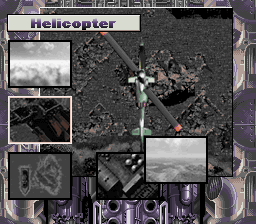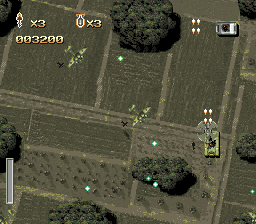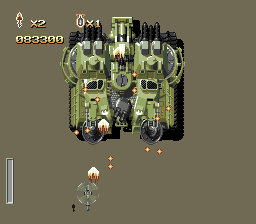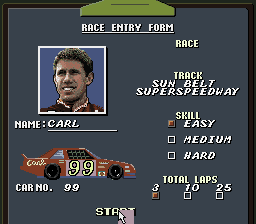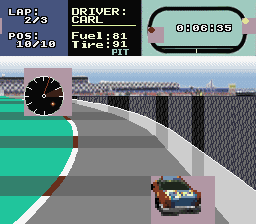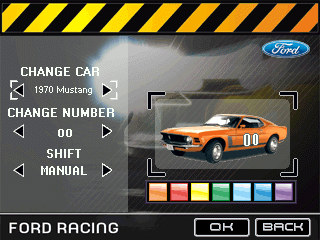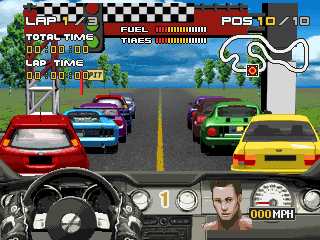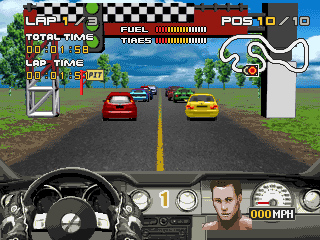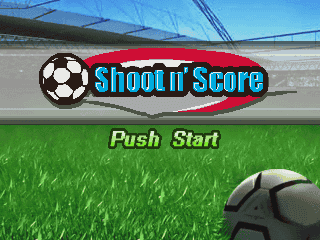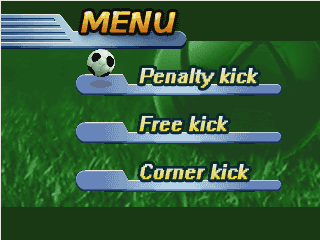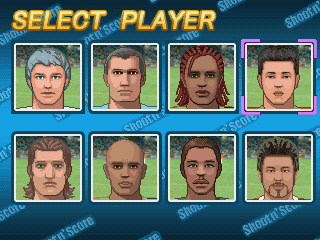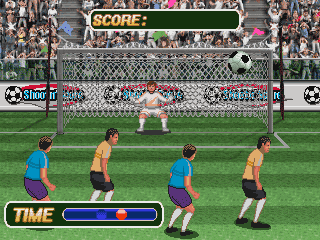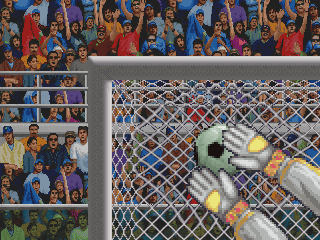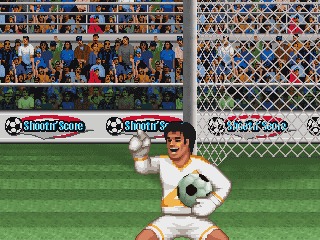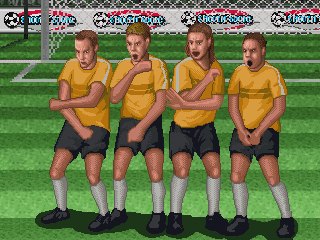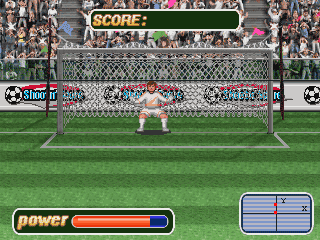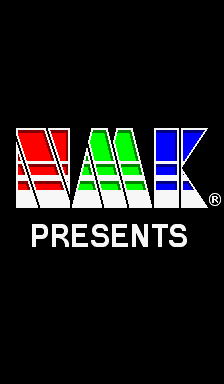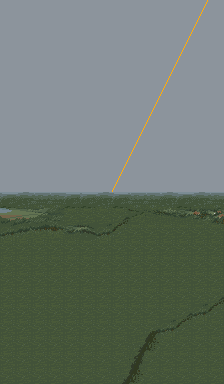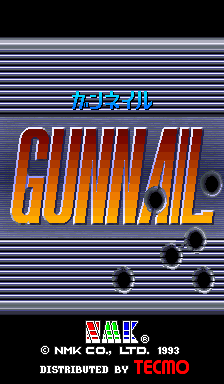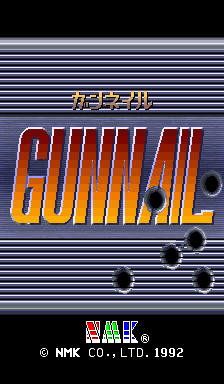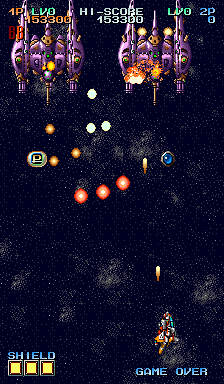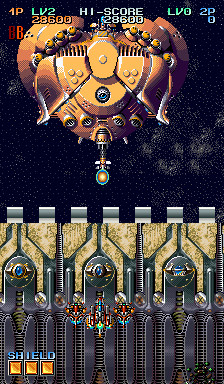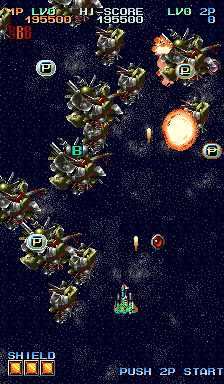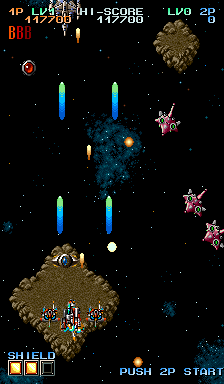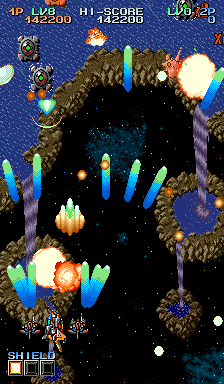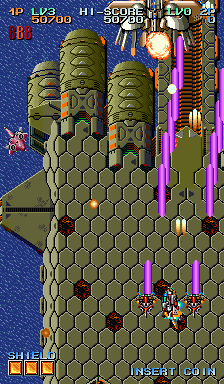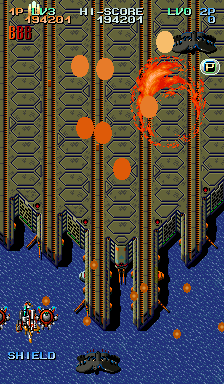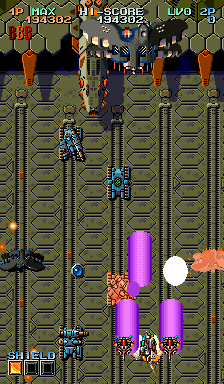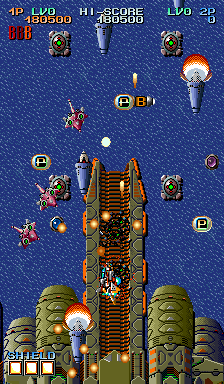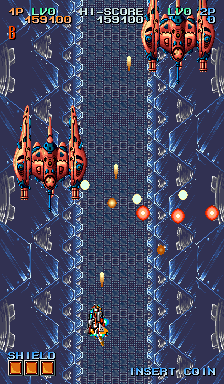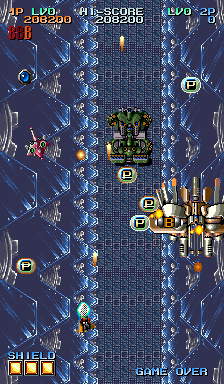I’ve now set up a PayPal account linked to “hazemamewip@hotmail.com” so if anybody wants to contribute towards the purchase (and shipping to Sean / TeamEurope) of Plug and Play devices, then that address can be used. It will help enormously with sourcing additional units, plus any spares we might need for experiments (sometimes dumping is not straightforward as many of these don’t use regular ROMs, but ROM globs)
As these are donations, not payments for any specific guaranteed product or service, be sure to send them as gifts. Also don’t send email to that address, it won’t be checked. If you want to discuss sending a specific unit you already own instead, please tag on on Twitter.
It’s easy to miss a lot of MAME development, either because it isn’t clear from just reading release notes exactly what something is, because it’s early progress that hasn’t been highlighted anywhere aside the odd Twitter post, or because issues with the emulation mean while things work for the most part the overall system hasn’t yet been promoted to working. While I tend to post short snippets of progress in YouTube videos or on Twitter I’ve noticed that quite a lot of people seem unaware of some of the recent progress, especially that which hasn’t made it into videos, so I’m using this site to put up some bits of progress from the last 6 months or so with screenshots. Doing this also gives me a pool of screenshots to transfer into the yearly writeup articles if I ever get back to finishing the current ones (this work has been keeping me very busy)
At some point I’ll likely put up a donation link as ideally we could do with some extra funding to help cover some of the more interesting items that can still be picked up, however I think it fair to at least give a good overview of what has been achieved so far first. PayPay details added, see above.
I’ll say straight away that a lot of the things covered here are awful. A lot of things covered in future parts will be awful. There are good, original titles in the mix too, but that’s the thing with these Plug and Play devices, the quality goes from novel original titles which can be quite enjoyable right down to things that are worse than a simple unit full of NES bootlegs would have been. Exploring and documenting all of this, and seeing just how bad some of it can be is one of the most enjoyable parts of this work, so when I say something is awful don’t think I’m being negative, I find this stuff fascinating and I’m really glad it’s being documented as it shows a different side to the industry, and how popular games and systems influenced the market and IP related to them was often abused.
The following is meant to show progress made on emulation, not every device covered here was purchased by me, plenty were from ClawGrip, TeamEurope or other sources, however it gives a good idea of what’s being worked on, current targets etc. and things you might have missed.
On the SunPlus / GeneralPlus front there have been a decent number of games dumped based on the GPL16250 (aka GPAC800) technology. This is a much more capable chip than the earlier SunPlus SPG2xx devices, offering higher resolutions, sprite scaling and a much faster overall processor with extended instructions; needless to say emulating it is a fair bit of work but many of the dumps have contributed to the knowledge pool and allowed for progress to be made. Several of the JAKKS Pacific games using the tech are showing promising progress for example.
Golden Tee Home Edition:
This is actually a respectable port of the Golden Tee Fore style of game to a plug and play unit with presentation closer to the 32-bit Golden Tee Games rather than having true 3D graphics, currently you can leave it cycling the score tables. This is a significant improvement on Radica’s Golden Tee licensed offering.
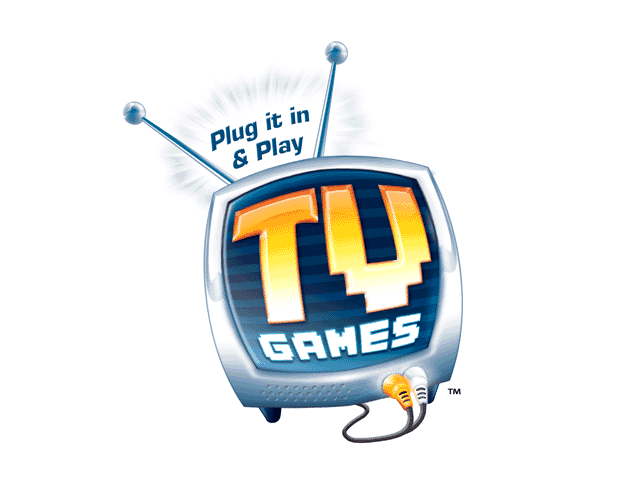
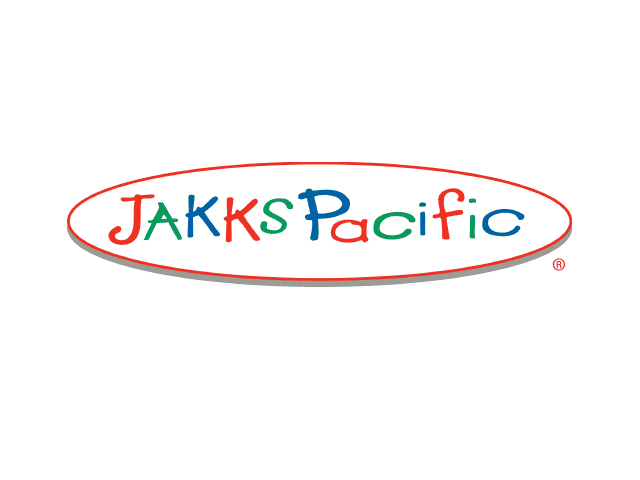



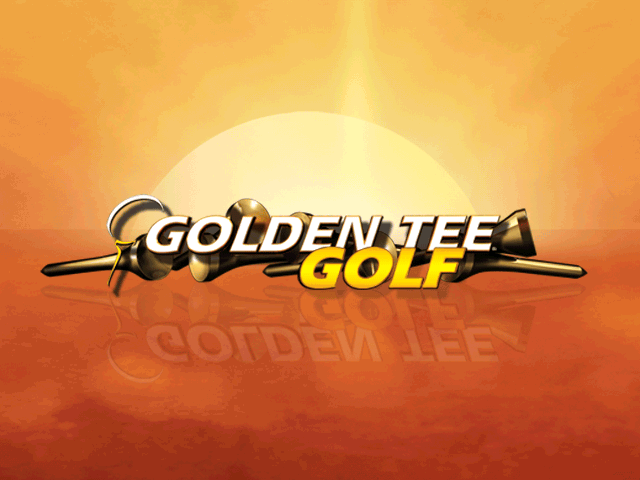
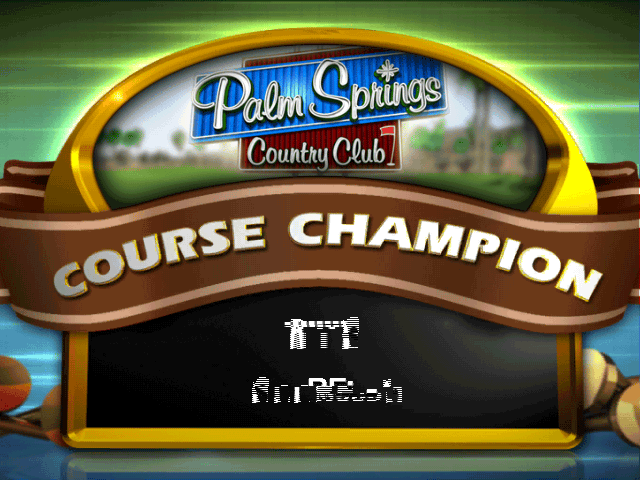
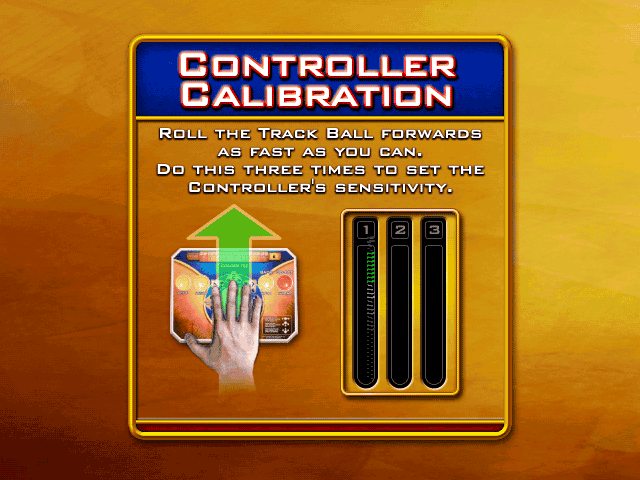
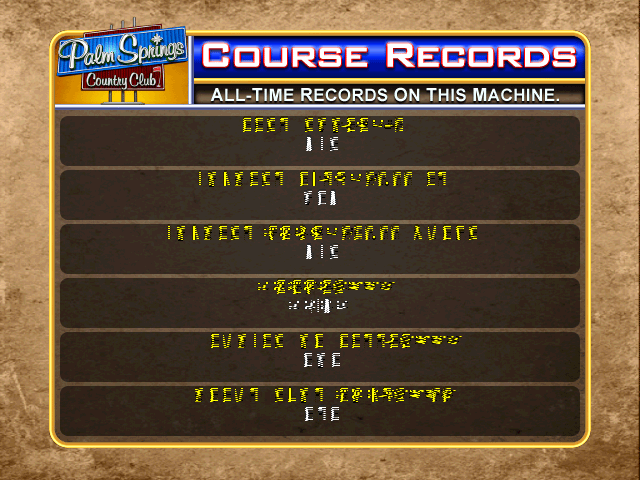
Cars 2:
One of the later releases on this hardware, which for some reason does away with the motion controls. It did used to go ingame too looking similar to the other perspective driving games on the hardware, but it regressed when I fixed something else.


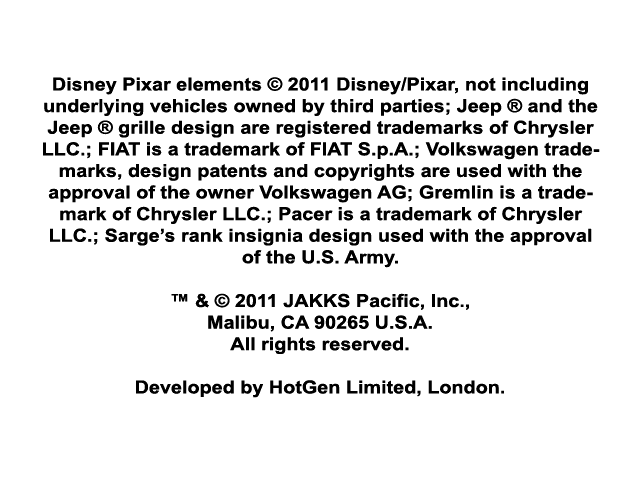
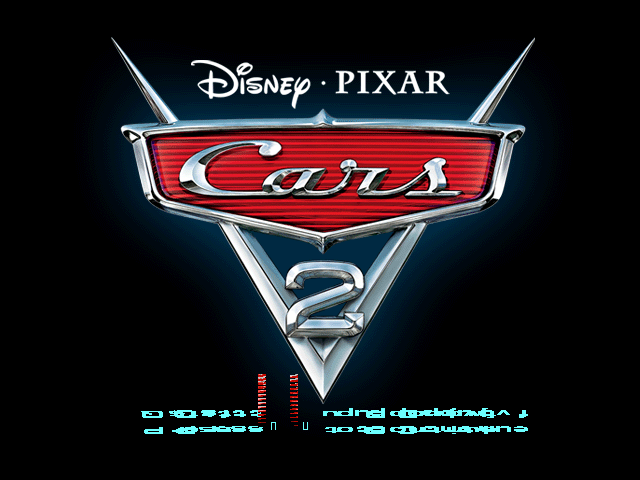
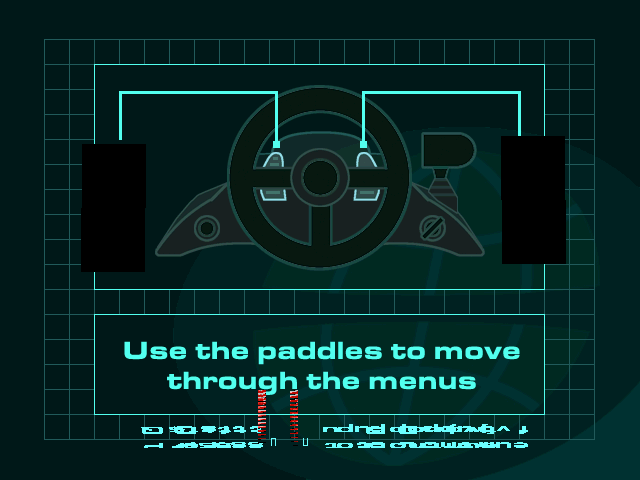
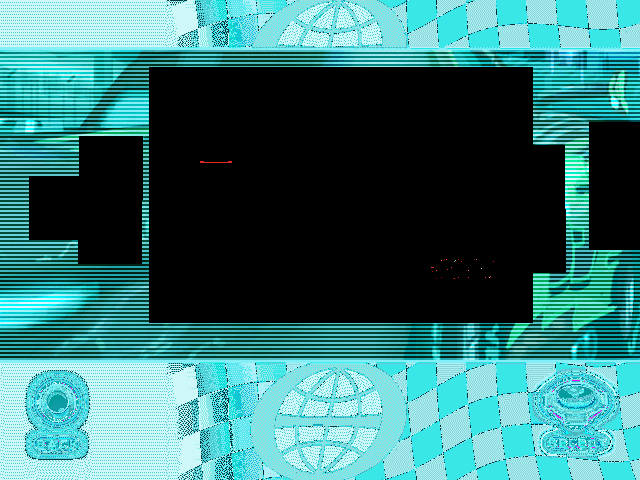
Spider Man Web Master:
JAKKS put out a large number of Spider-Man licensed games, including 2 on this hardware type, only this one is currently dumped. It’s a motion controlled title.
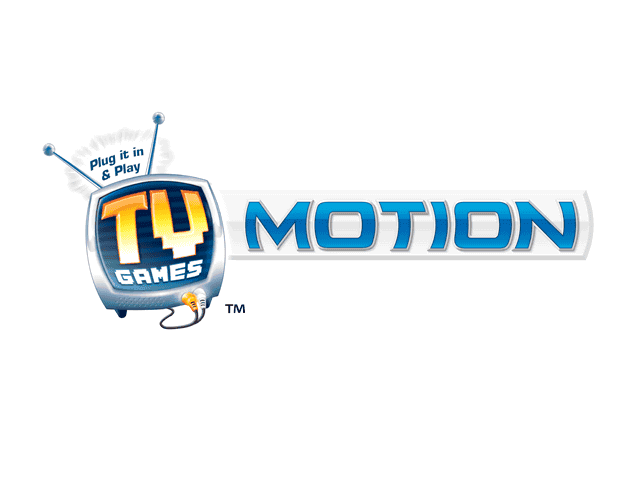

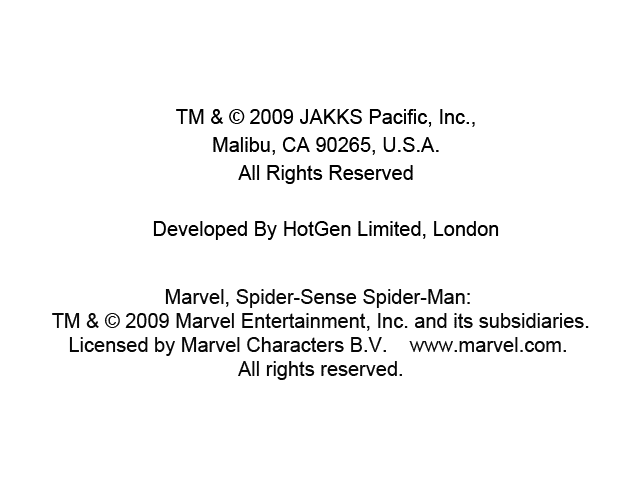
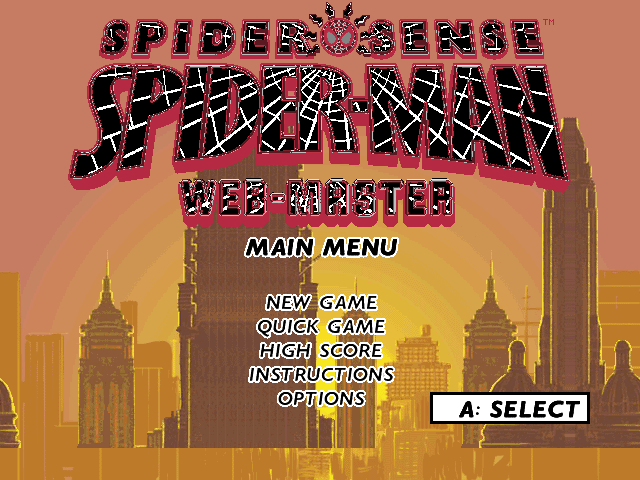
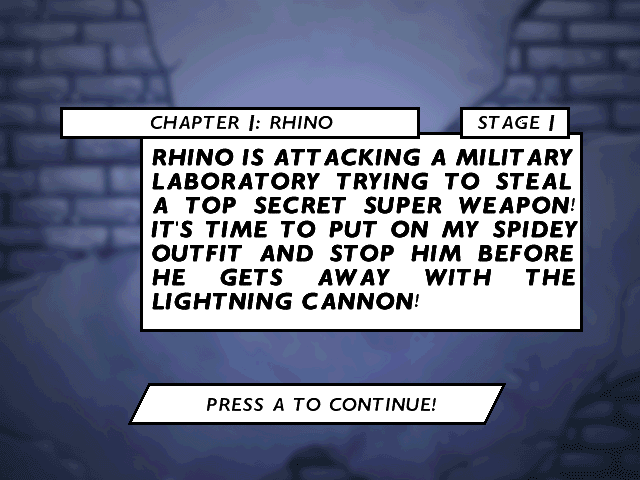
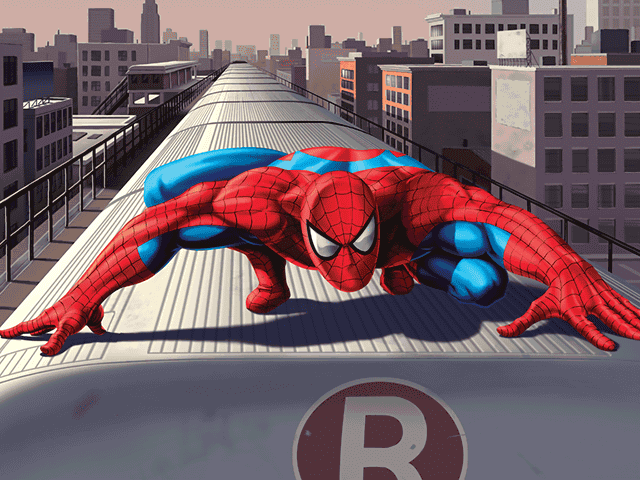
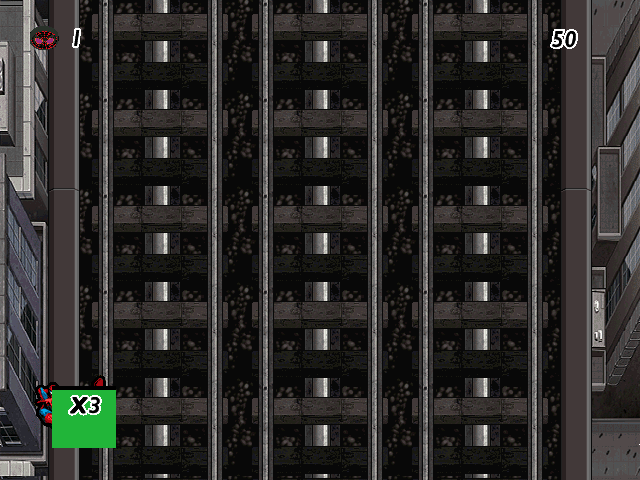
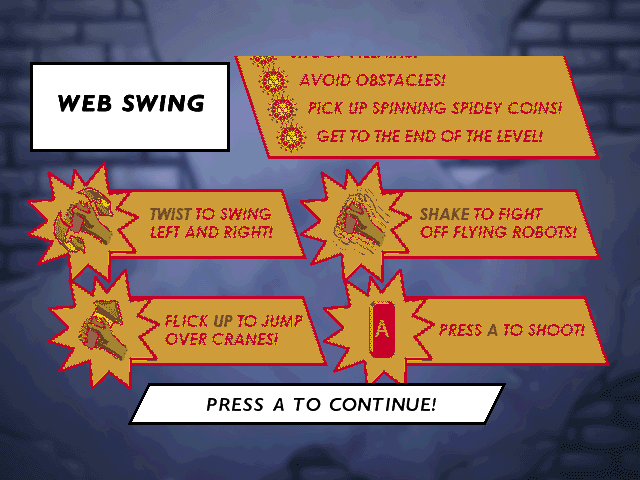
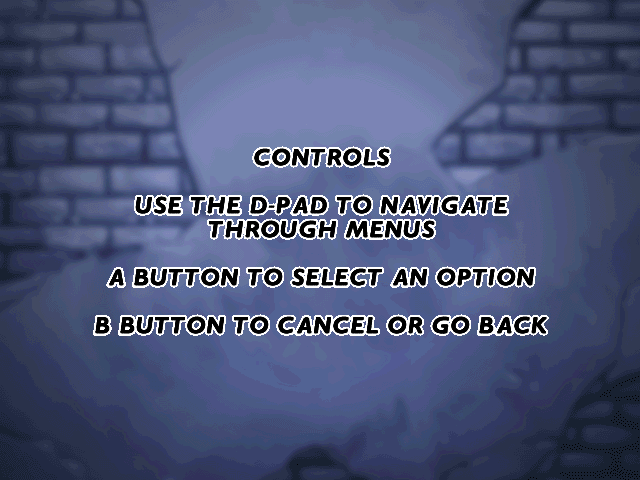
Toy Story Toys on the Move:
Another Disney license, another motion controller game.

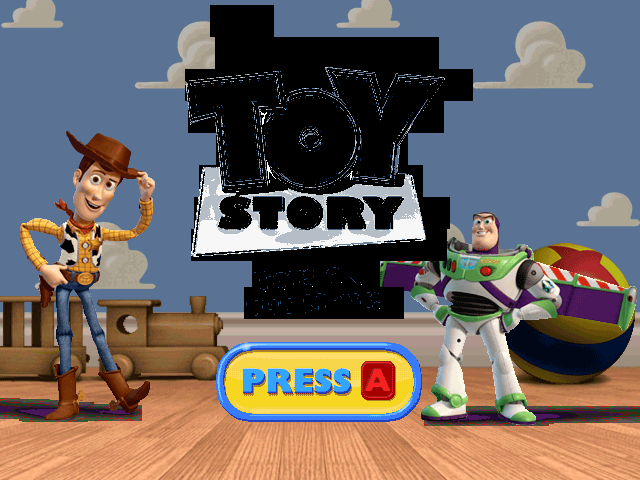
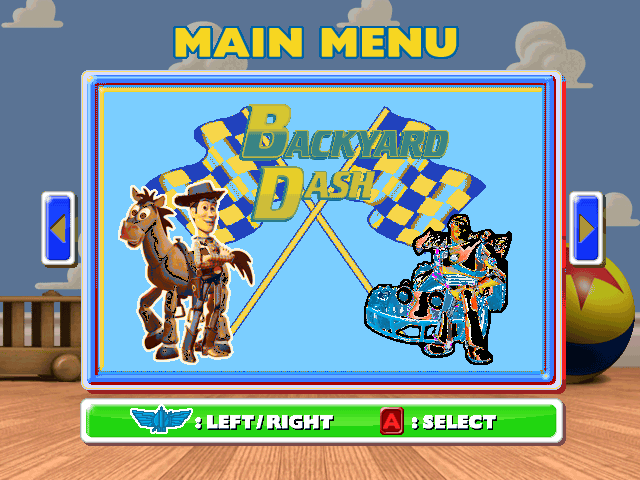
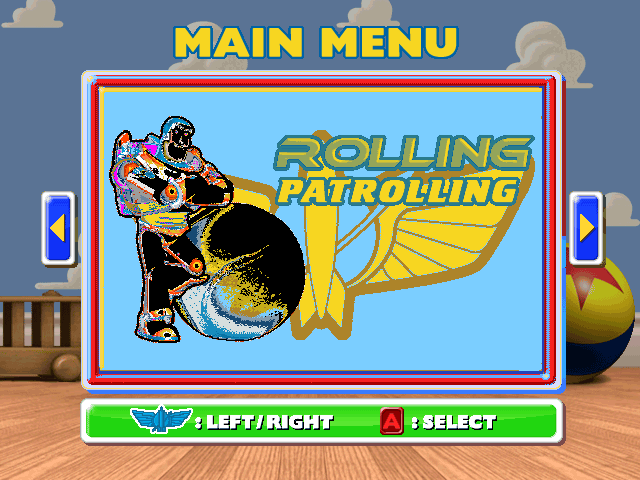
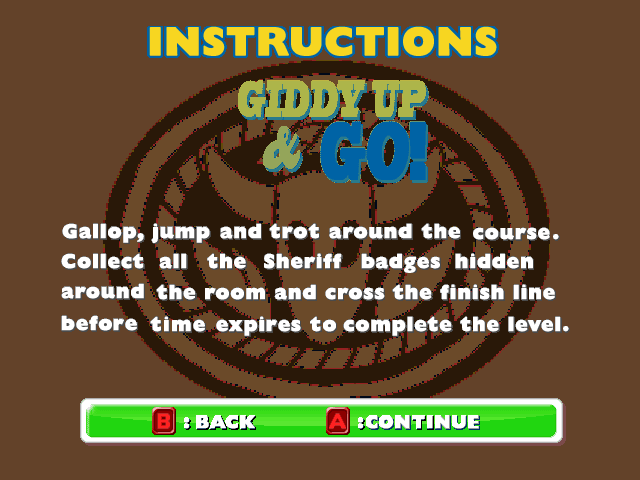
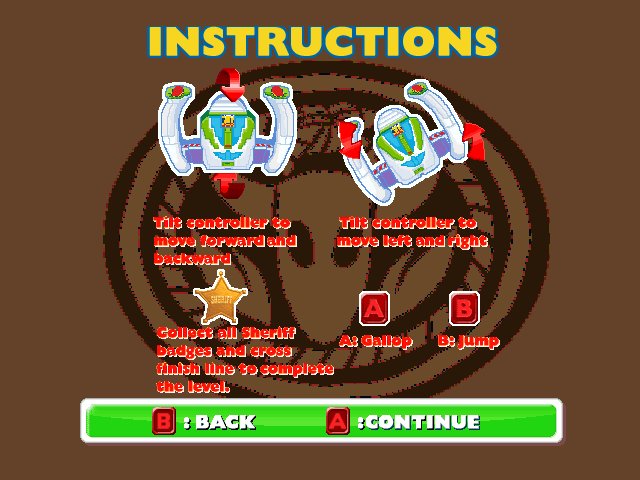
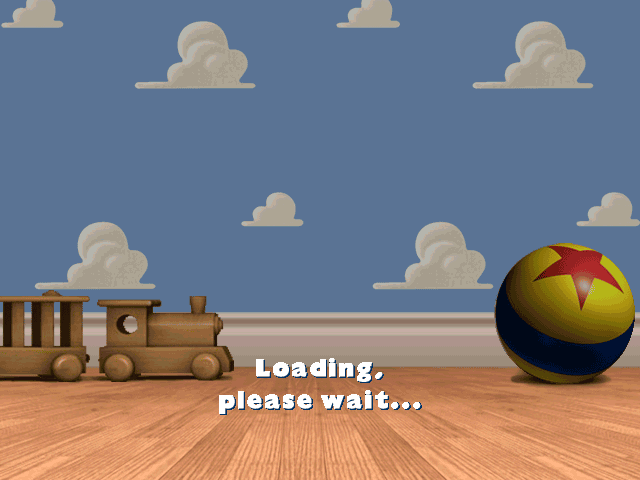
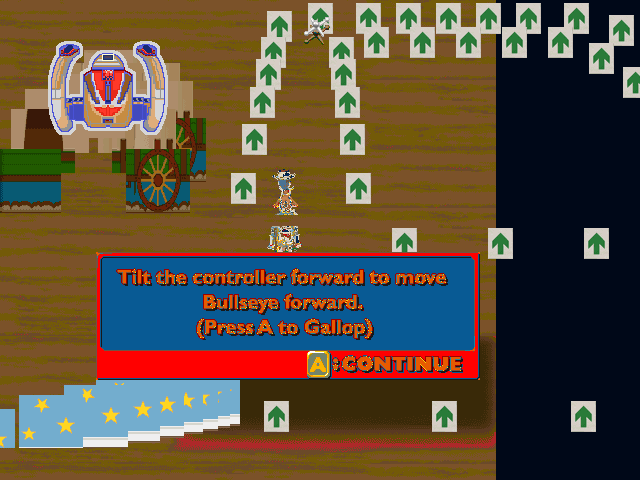
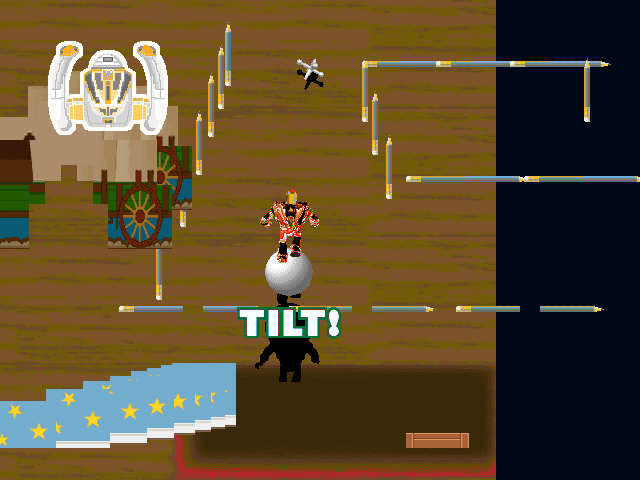
Spongebob Bikini Bottom 500:
Maybe the most impressive lookng of the games on this hardware this ends up looking like a Kart racer with good use of the hardware. The main issue here is lack of a 2 player mode, which is unfortunately often the case with Plug and Play units as most didn’t support linking, and as such you only had a single controller.
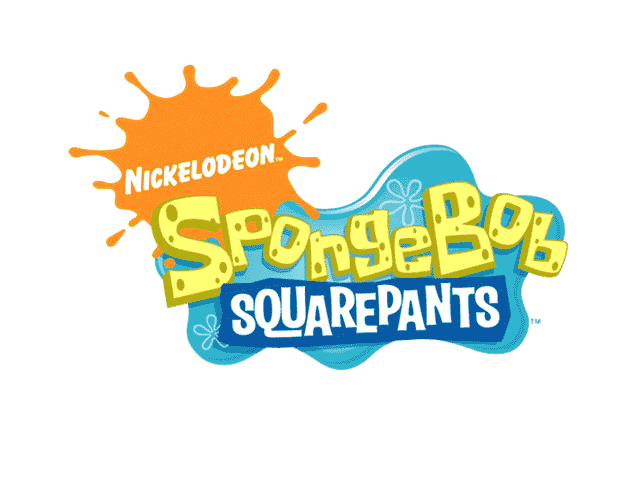

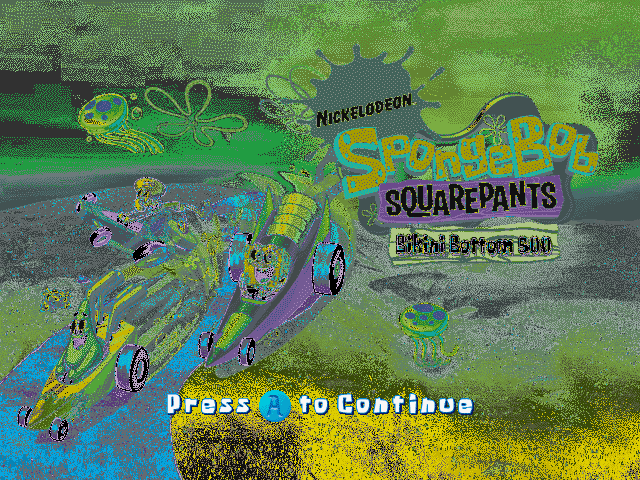
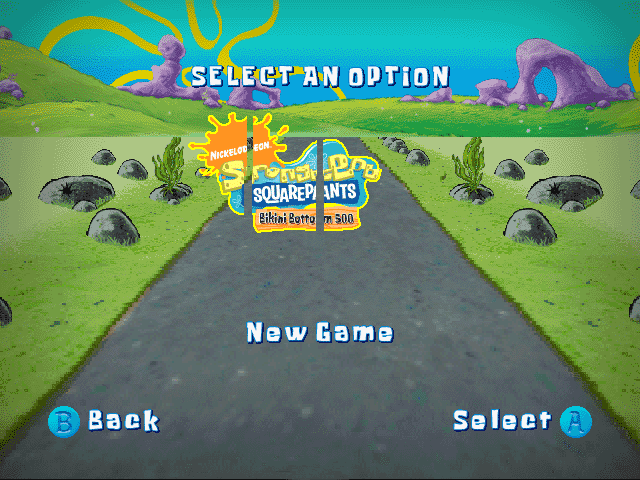


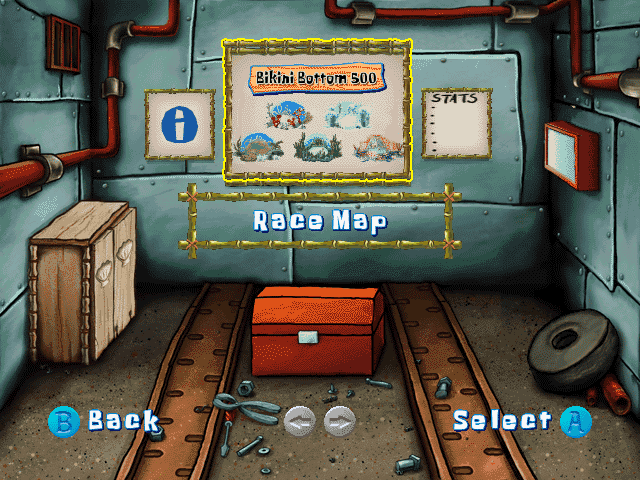
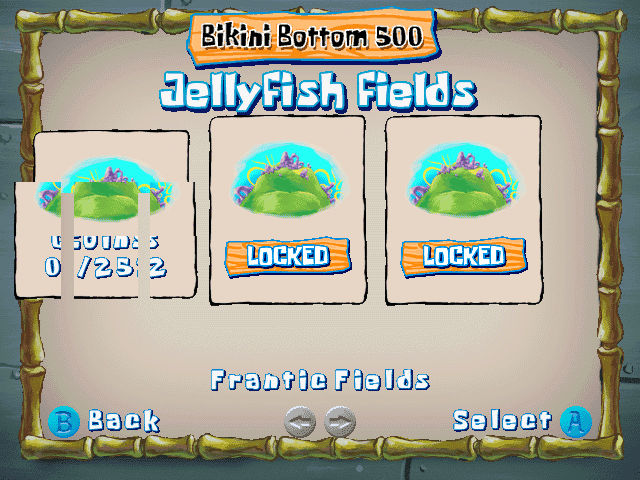
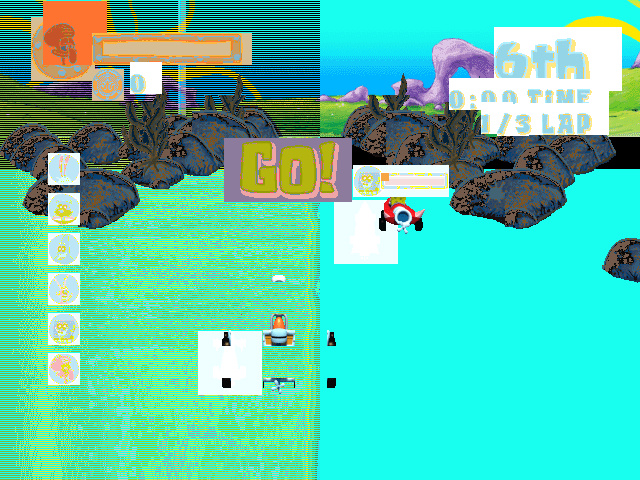
Phineas and Ferb: Best Game Ever!
There are videos of this on YouTube, it’s another licensed game although I’m not familiar with the source material. This one seems to have more sprite rendering issues than the others at the moment.
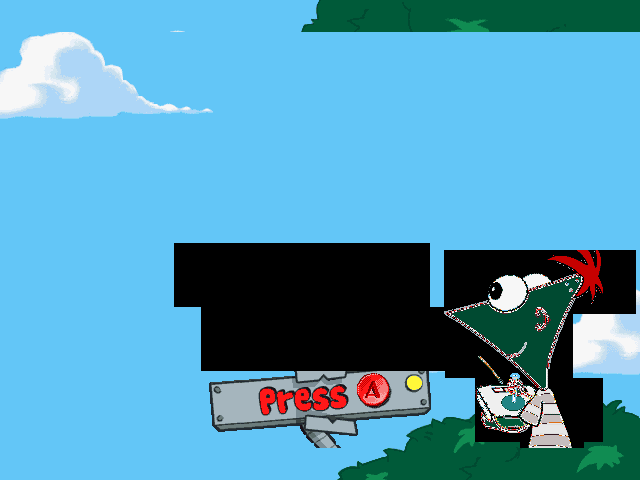
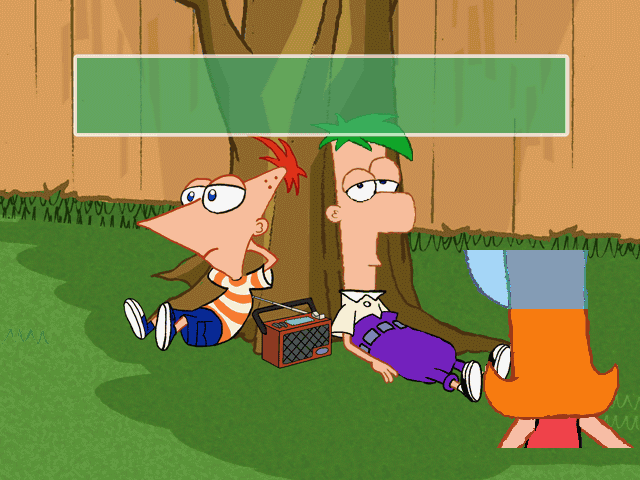
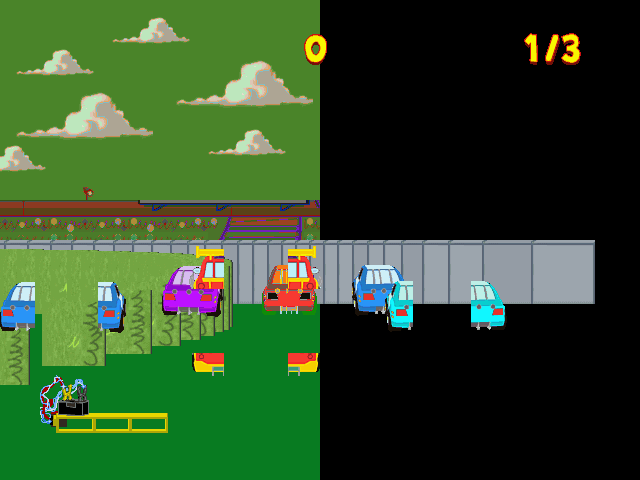
There are also dumps for many other JAKKS Pacific games using the tech, some of which upload palettes but don’t currently display anything, others which still fail to boot entirely at this point in development.
Bandai also used this tech for the Pac-Man connect unit, which unlike earlier ports is actually an emulation based device. This has been progressing nicely, but again still lots to do here with various obvious game-breaking issues still present. Emulating things like this is also interesting because you can compare the quality of the emulation to that offered by MAME (and it isn’t very good) Emulating this is also demanding, this was the first real proof that these later SunPlus chips run at closer to 100Mhz, as any lower and the actual emulators run the games far too slowly. This means that at present MAME only just reaches 100% speed on my 4ghz machine when running this. It’s possible we can win some performance by using the SunPlus recompiler, but it’s currently disabled for the later SunPlus cores as many opcodes are unimplemented.
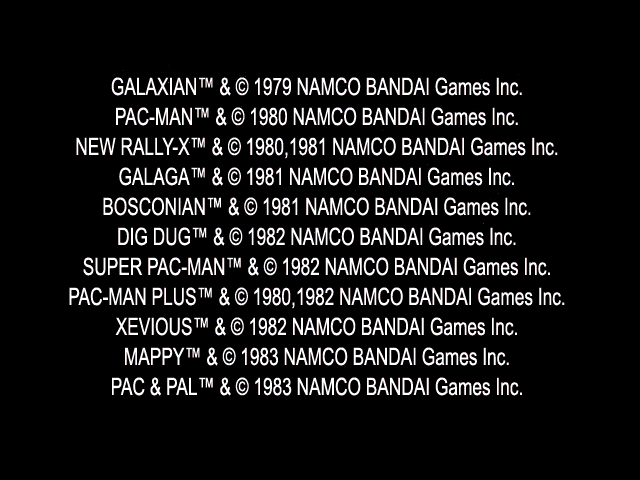
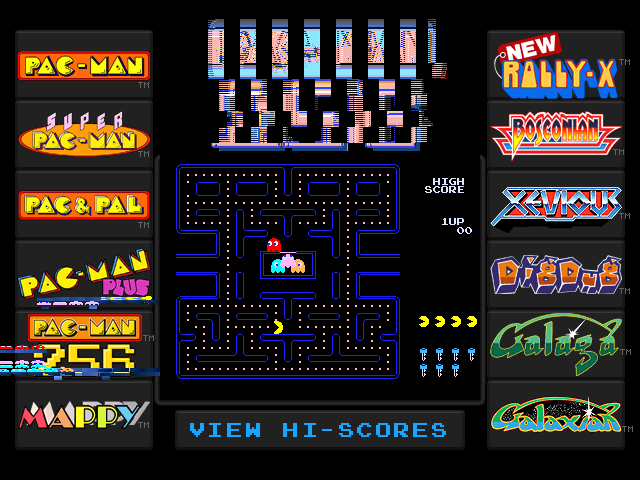

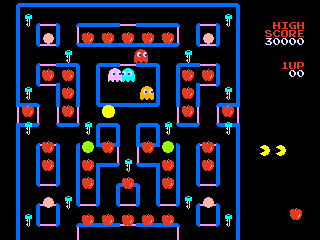


This SunPlus tech also found its way into some one-off Plug and Play units from lesser known manufacturers, for example, the Gormiti Game Arena. Here we see sprites being rendered (with bad colours) and backgrounds missing for a similar reason to why some other sets aren’t displaying anything yet. Of note the die markings here were different to the above units, however functionality seems the same.
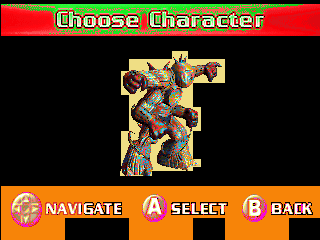
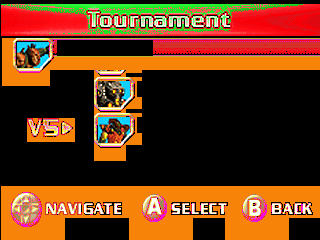
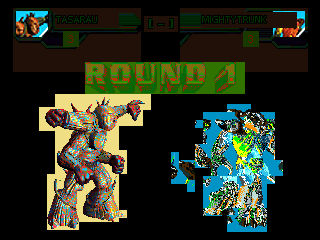
Other apparent one-off uses include Tiger Electronics using it for their Lazer Tag Module game (which I was expecting to just be regular SPG2xx hardware like the Paintball Powered Up, but turned out to be this instead) That one uses opcodes that haven’t yet been implemented. Some of the newer Family Sport 220-in-1 units also make use of this tech, again those currently show nothing.
Looking at the older SPG2xx SunPlus tech there have been a number of things dumped there that haven’t yet been promoted to working for various reasons. The JAKKS TeleStory is a TV Storybook system for kids, for which at least one version of every known story cartridge has been dumped (although a number of localized ones have not been) While some of these run (and others need a debugger trick to boot) there’s an unemulated audio decoder chip used for the speech that needs to be emulated first before they can be promoted. Current theory is it might be something similar to Speex due to terminlogy used in the hidden test modes.



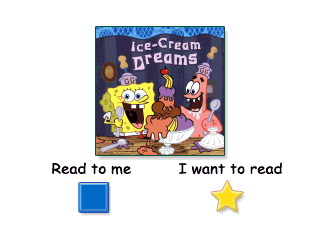
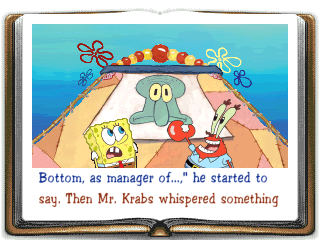


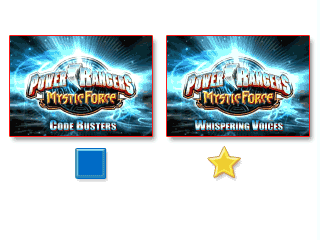

The 3 JAKKS Pacific TV Touch units were also dumped; these are re-released versions of classic JAKKS units but with a touchpad instead of Joystick. The original releases aren’t yet dumped as they’re difficult dumping cases, and these ones require the touchpad emulating to be playable, which is trickier than it sounds as it appears to support multiple simultaneous touch points etc. JAKKS did plan a 4th game on this hardware type, a port of the mobile game Cut the Rope, but it never materialized, leaving just these 3 curious reworkings. The touch concept was abandoned after this.
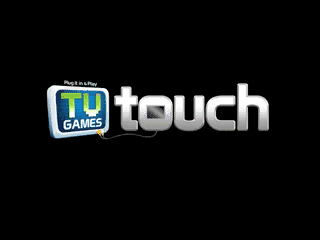
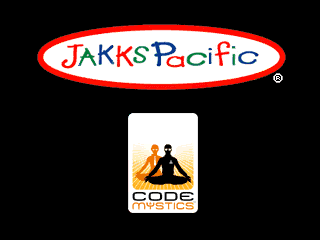
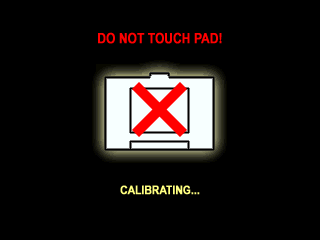
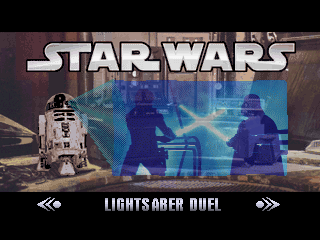
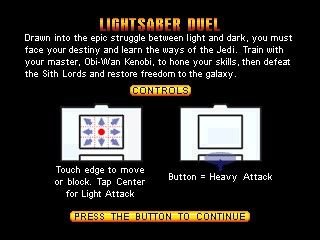
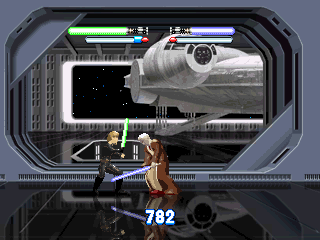
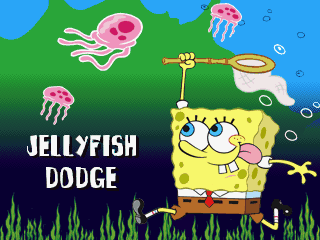
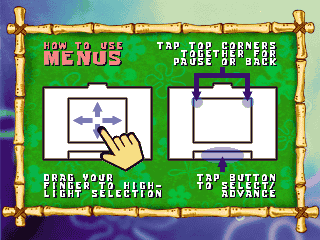
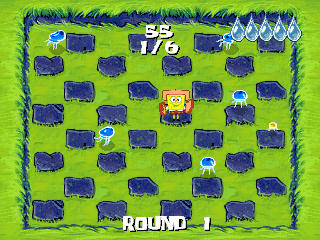
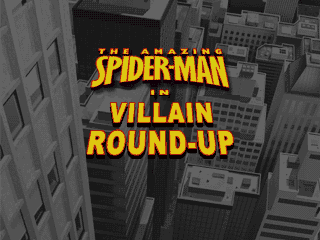

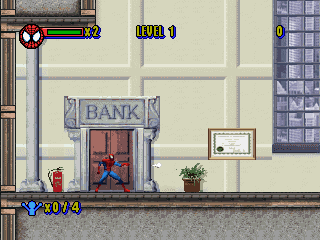
Advance Bright Ltd’s “4 Player System” is an interesting one in that it isn’t the typical NES based hardware multi-game, nor is it even a SunPlus or Elan type system, but instead some Winbond type hardware using a G65C816 derived CPU as previously seen on Konami’s Track and Field Challenge. Currently we don’t emulate sound for this platform (I can’t see any sound related writes, it might be there’s a small piece of internal code missing) and also there are some video issues and some timing issues to due lack of software to draw any solid conclusions. All 10 mini-games in the collection do run tho, some are playable. As the name would suggest the games here are all designed for 4 players to compete against other, and as such, when combined with the less common architecture they’re actually all original pieces of software (albeit with some stolen graphics / ideas)
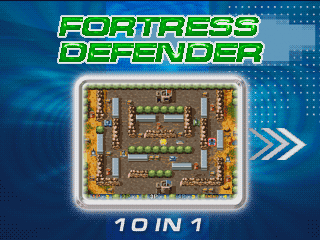
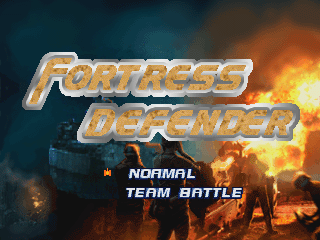
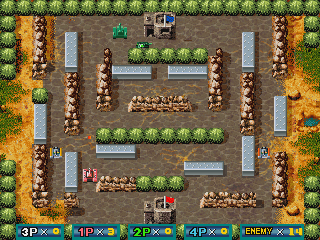


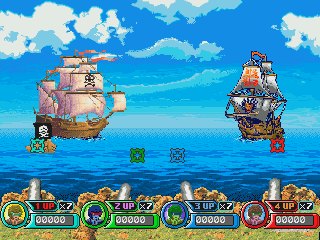
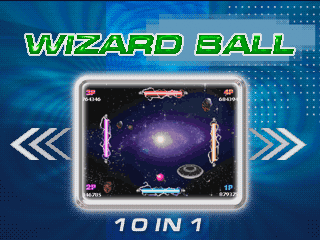
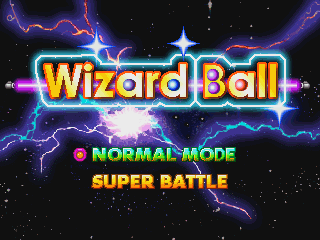
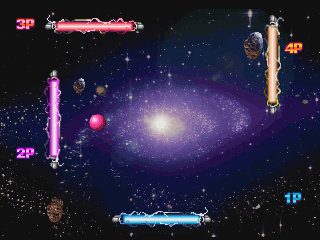
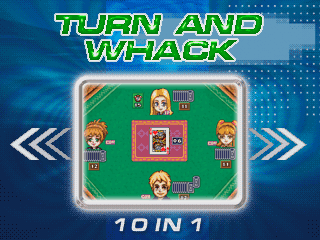
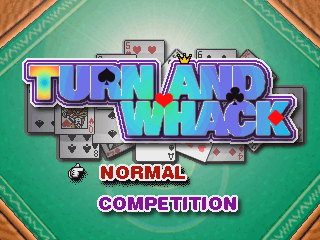
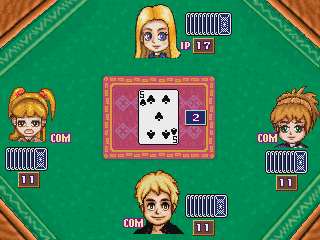
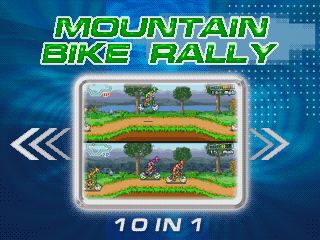
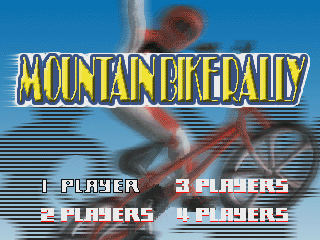
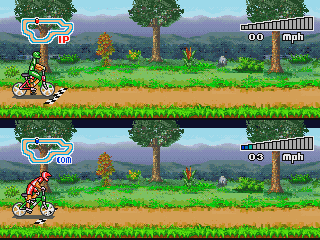
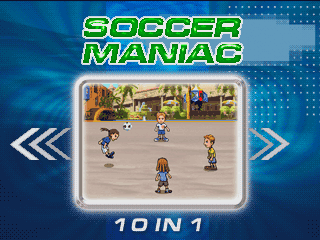
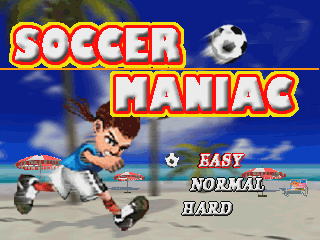


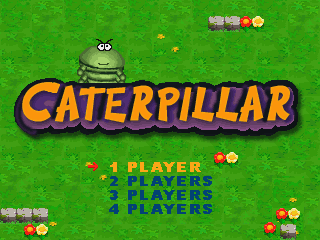
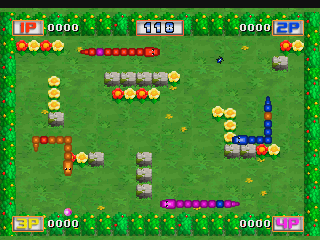
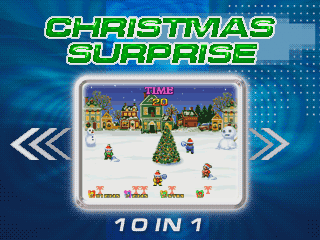
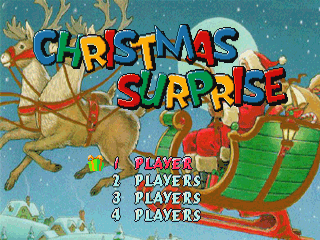

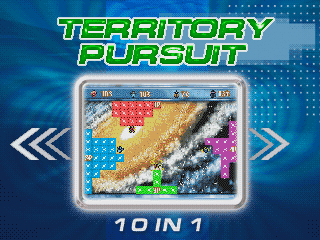
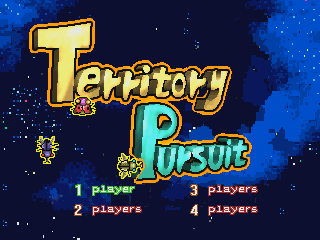
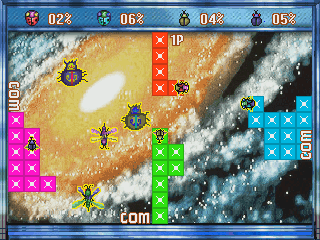
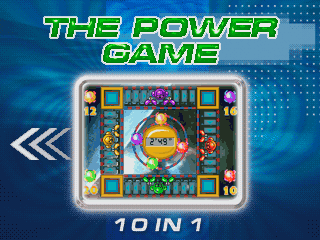
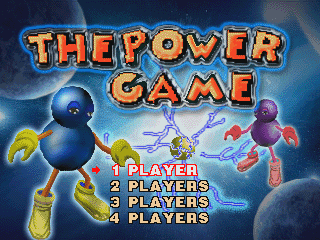

Another ABL system that is far more interesting than it should be is the Wikid Joystick. This runs on SH6578, which is a NES clone, and many of the games are indeed NES hacks, but the chip has some significant video hardware differences making it incompatible with unmodified NES software, unlike the VT based chips which were basically 100% software compatible with a NES if the enhanced modes weren’t enabled. Many of the games in this 14-in-1 collection are playable, but some still have major errors due to not understanding the hardware properly yet (documentation is a little vague in places) as a result it’s still marked as not working.

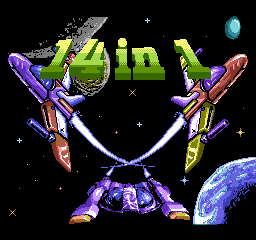
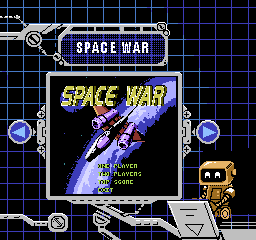
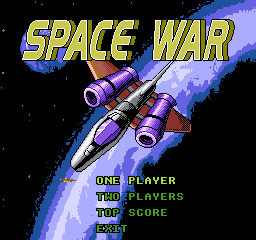
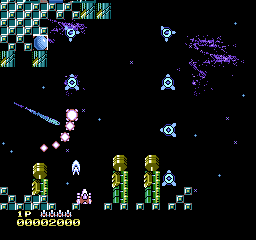
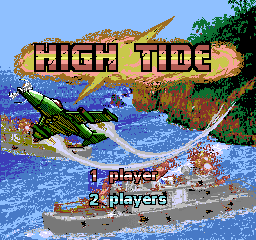
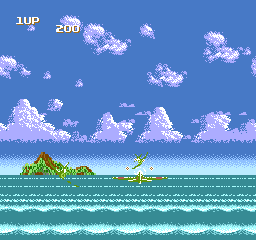
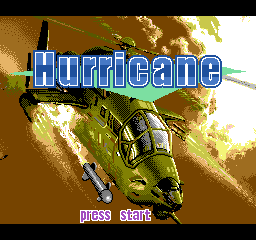
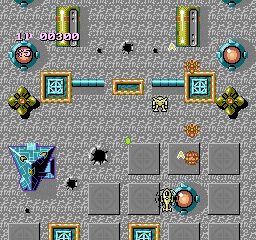
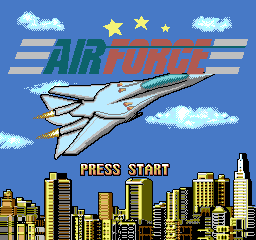
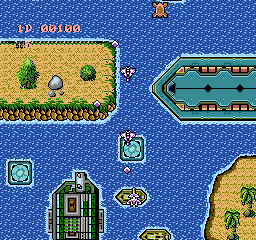
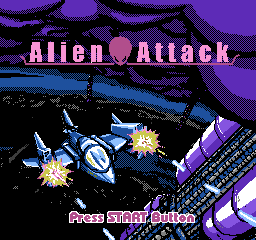
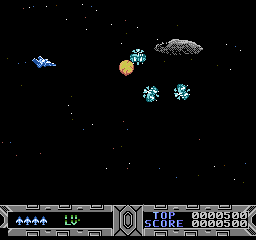
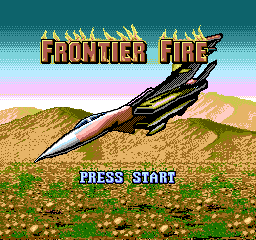
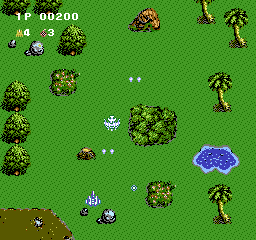


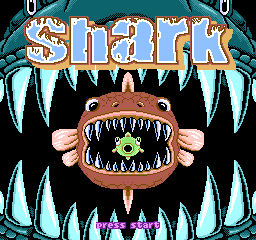
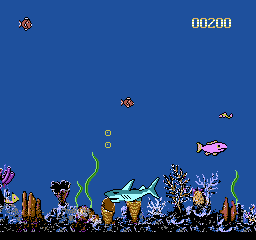
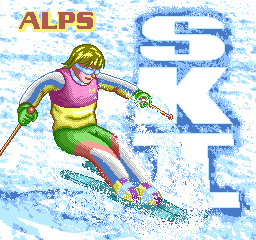

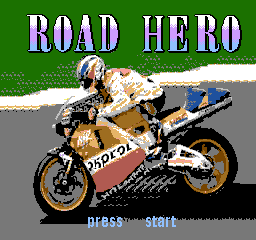
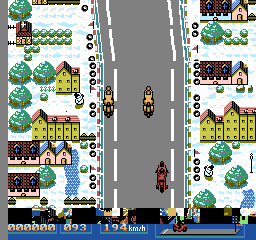
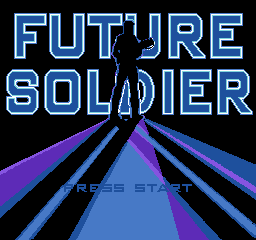
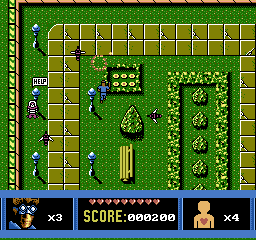
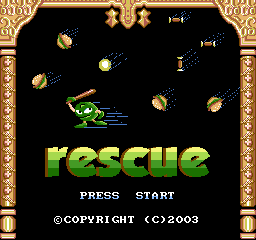
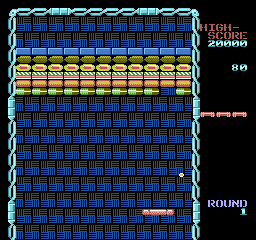
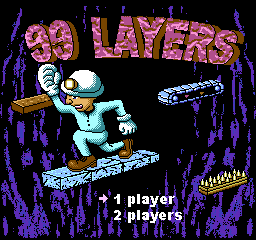
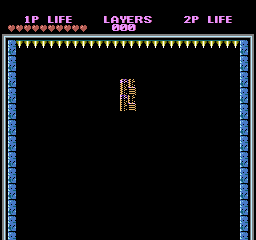
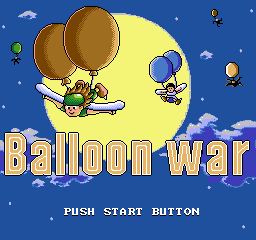
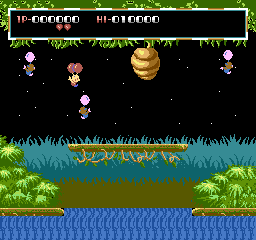
The ‘Family Sport’ units are SunPlus based, usually advertised as ’32-bit’ to differentiate them from older units, and come in many different form factors; many of them are Wii-clone units with fake Wii-remotes, often offering some basic form of motion control, others are handhelds. The OPlayer is a handheld 100-in-1 version, which overall functions more correctly in MAME than the ones that have basic motion control as all the sports games are designed to work with just the 2 buttons. There’s an issue with the low battery indicator always flashing at the moment, but that’s minor. By this evolution it’s fair to say that many of these games, while simple, are actually well made and presented in an appealing way, they’re not going to win any awards but at $10 you’re not going to feel too ripped off with one of these units. Several other units using this tech were also dumped, I’ll cover them in another part.
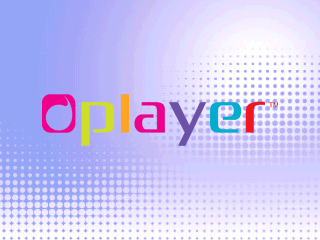
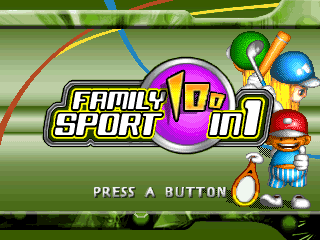

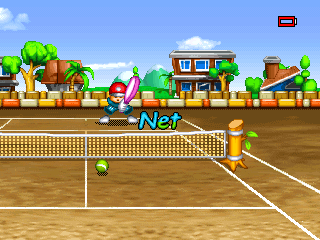
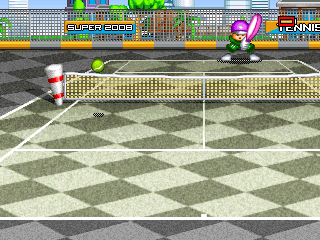
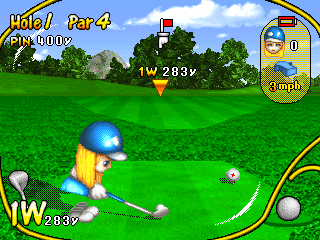


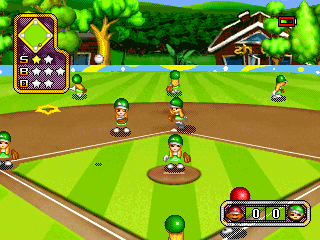
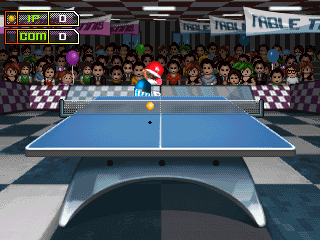
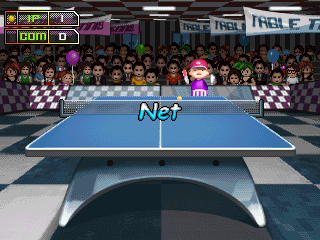

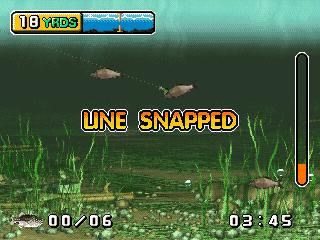
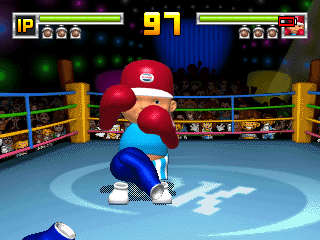
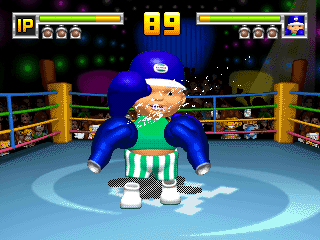
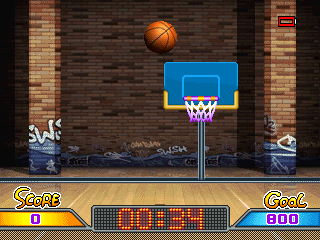
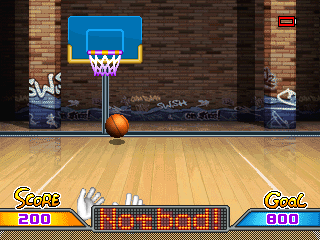
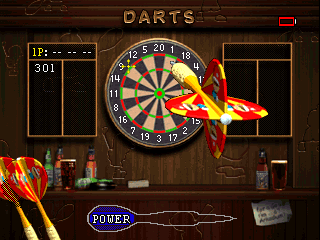
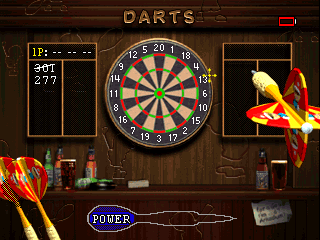

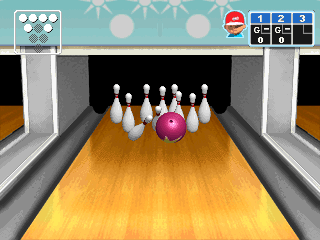
(TODO more screens)
One area where the quality really isn’t there comes in the form of the VT1682 based devices, which are amazing to see for entirely different reasons. The “InterAct Complete Video Game – 111 Games & 42 Songs (G5410)” is the pinnacle of this, throwing together a number of other multigames into a single unit with a tree of menus of mismatched styles and more stolen assets than it’s even possible to comprehend, not just visual, but Audio, with the Karaoke section (and several others) simply having awful quality rips of popular music as the only sound on offer.
It’s almost impossible to believe this existed on the US market at all given this was released in a post-Napster era yet what’s even more amazing is that even here some things were censored, there are earlier verisons of some of these games in other units with content that has been changed here, for example HighWay Racing has the top of the car graphic clipped on the title screen; in other units, such as the MiWi you can see the uncensored version, which is simply an advertising banner for Vodafone. Somehow the Vodaphone logo was deemed to be unsuitable for inclusion but heaps of unlicensed music and stolen game assets was considered just fine.
Currently, while the majority of the games are playable, the games under the ‘Shooting Games’ (lightgun accessory) menu do not have the controls properly hooked up, so the overall status of the thing remains NOT WORKING in MAME, even if there’s plenty to explore outside of the ‘Shooting Games’ menu.
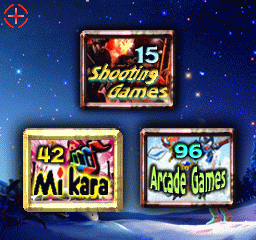
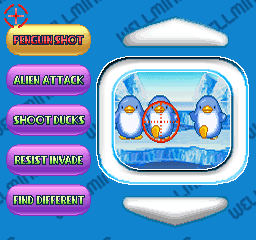

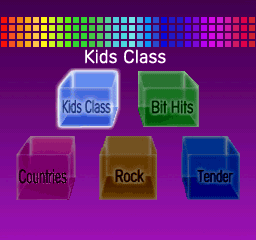


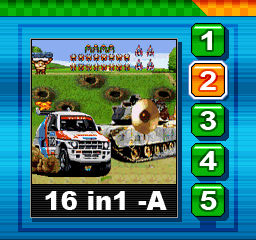
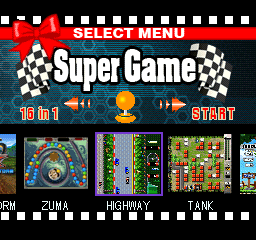

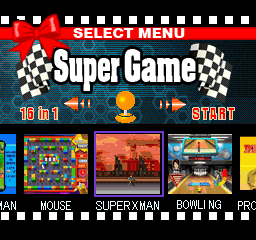
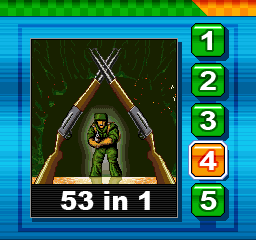
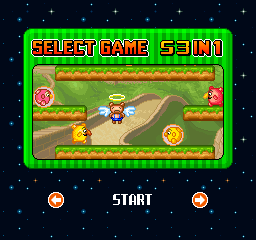
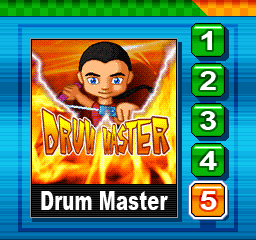
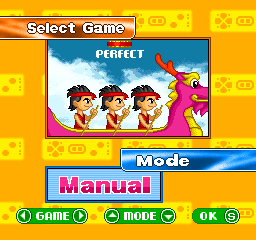
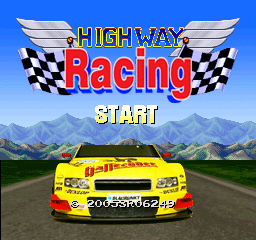
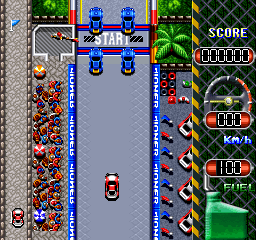
(TODO more screens)
One example of where even the above doesn’t have everything is Drum Master, where the version found on the MiWi2, which is clearly based on an older codebase for other reasons (the graphic for the ‘Arcade’ subgames menu uses the spelling ‘Arcase’ for example) has additional mini-games hidden under the Drum Master menu, as well as different music on some of the Drum Master games. The Pinball game is one example of this. At this point the case for needing to pick up different variations of these things when they’re available becomes clear; they might be junk, but there are stories to be told, history to be documented.
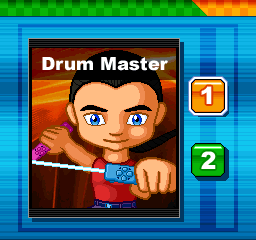
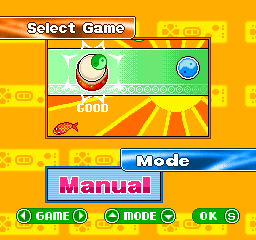
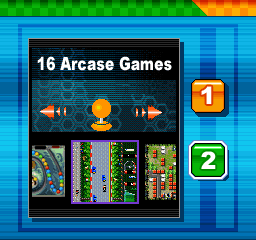
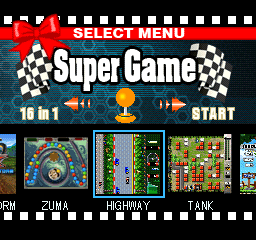
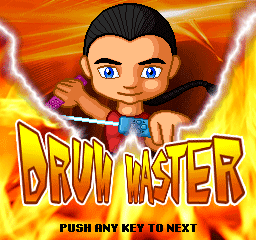

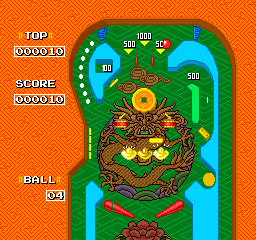
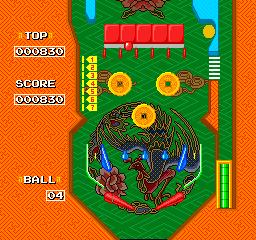
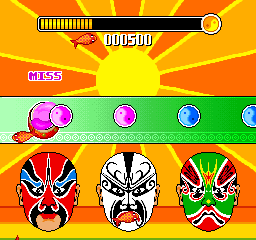

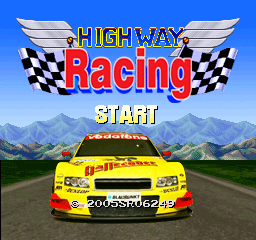
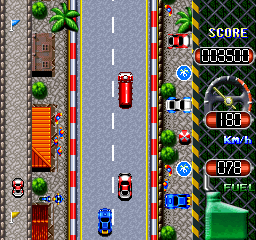

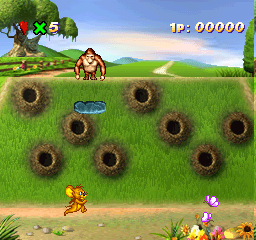
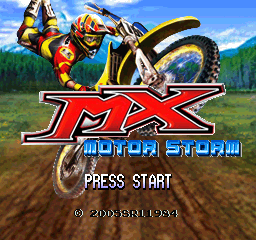
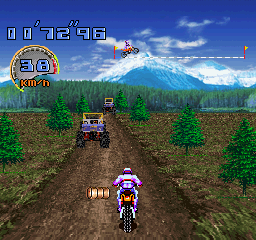
(TODO more screens)
In terms of pure absurdity, the “InterAct Complete Video Game – 89-in-1” even manages to take things to another level and include a game where you must move left and right through traffic by using a 2 button to change lanes while Nirvana’s “In Bloom” is blasted at you. This is hidden away in a submenu called ‘Fun Games’ (does this mean the others aren’t meant to be fun?) This ‘Fun Games’ section actually launches something called ‘Aero Runner’ and the games seem to have originally been designed to work with some kind of fitness mat (maybe it was an optional accessory, maybe this was a standalone product at some point that’s been integrated and butchered)
Even the naming of these products is nonsense, as you’d expect a ‘Complete Video Game’ with 111 games to fully include everything in the ‘Complete Video Game’ with 89 games, but it does not, meaning even this lower capacity one has content worth exploring for the morbidly curious.


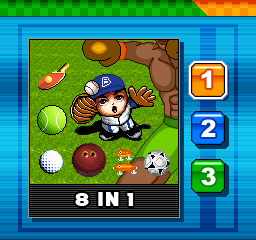
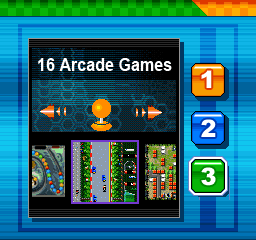

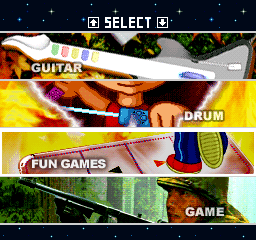
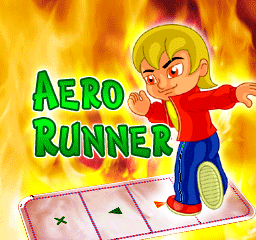
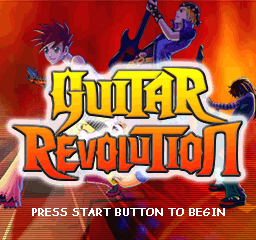
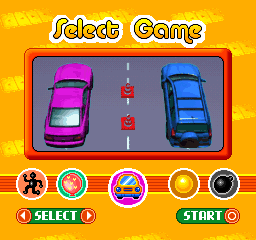
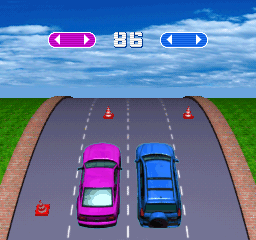
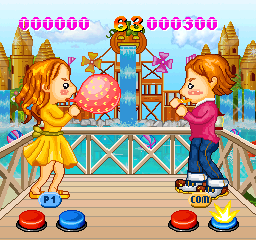

(TODO more screens)
The VG Caplet is a system that did get added with a Working flag, and on the surface it appears mundane – the usual selection of SunPlus games (albeit with different titles) and 3 licensed games from Taito and Data East. The licensed games are Space Invaders (actually Space Invaders Part II), Bust-A-Move and Burger Time.
What makes this unit remarkable is just how poorly done those ports are.
First it’s unclear why Space Invaders Part II was chosen rather than the original, and you don’t see this until the title screen, but the real crime here is the gameplay implementation, nothing feels right. The first thing you’ll notice is just how laggy the controls are, there is a measurable delay to moving and firing, and when you fire the shots only update every other frame, enemy shots likewise meaning the game doesn’t feel smooth to play at all. Even the scrolling as the invaders move between rows is wrong, they all scroll down as a single block. It feels like Space Invaders programmed by somebody who has never played Space Invaders and the degree to which things are wrong has to be played to be believed.
Bust-A-Move is up next, and this one gets off to a promising start, it has the title screen animation from the original arcade “Puzzle Bobble” albeit with the text changed from Puzzle Bobble to Bust-A-Move, which is a little odd because Bust-A-Move doesn’t actually use that style of title screen or animation (which makes me wonder if there were units of this in Japan with an actual Puzzle Bobble title) That said, it looks good.
Then you get to the game. It’s the same game as Squirrel Bobble in so many of these other SunPlus devices, and anybody who has played Squirrel Bobble knows that isn’t a good version of the game. I say the same game, this naturally has Bub and Bob instead of the Squirrels, but as Squirrel Bobble already stole the rest of the assets from Puzzle Bobble that’s the only observable difference. This actually makes me wonder, did this come first, with Squirrel Bobble being a sprite replacement job on it, or did Squirrel Bobble come first with this simply restoring the proper Puzzle Bobble sprites. Either way, aiming is awful, imprecise and laggy, there is unbearable slowdown if you attempt to aim while pieces are falling, the music is all over the place and not correctly timed / sequenced. It’s a mess and it’s barely playable.
Burger Time. I’ll start by saying I’ve never been a huge fan of the original Burger Time, always found it to be stiff, slow and frustrating, I much prefer the follow-up “Peter Pepper’s Ice Cream Factory” however we’re not here to talk about that. After Bust-A-Move I was expecting this to just be ‘Big Burger’ from the other SunPlus units but with a Burger Time license attached to it but to my surprise it wasn’t. I’ve only played the first two levels of this but of the 3 licensed games I’d say this was the one that actually turned out the best. The visuals are close to the original arcade, but with an added bezel area to avoid blank space (something Space Invaders could have done with) and the gameplay seems smooth and responsive, albeit just as stiff as the original. What lets this one down is the sound which has been recorded / played so loud it distorts badly, and that doesn’t seem to be an emulation issue as videos of the hardware sound just as bad. It’s a playable game.
I don’t think any of the SunPlus games are unique to this compilation, and they’re all ones that have been emulated for a few years in other compilations, so don’t really need covering individually.


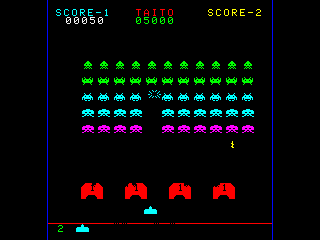
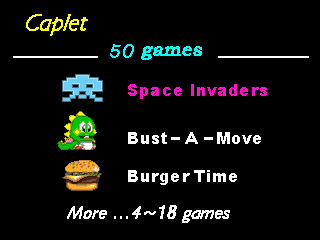
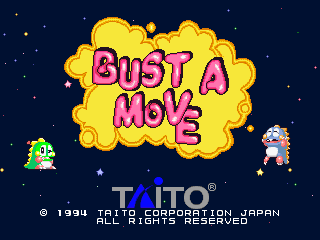
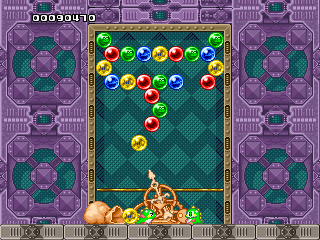

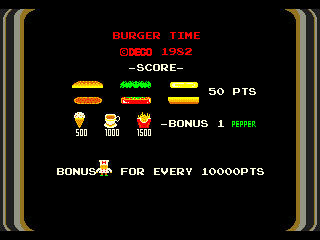
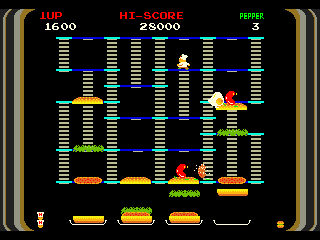
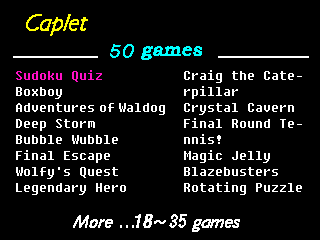
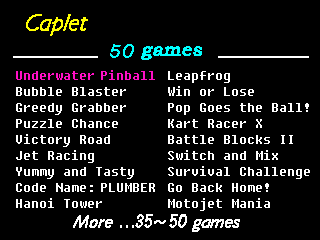
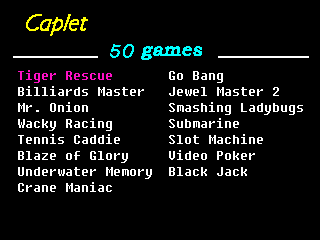
Another that is going to need some thought is Radica’s “GirlTech” Digi Makeover. The unit uses a Camera and Touchpad style input and allows you to take your photo then apply various accessories to it. It’s a SunPlus based system.
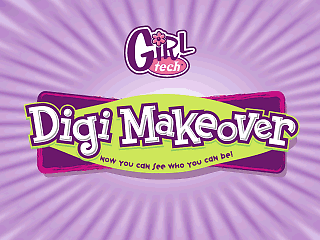

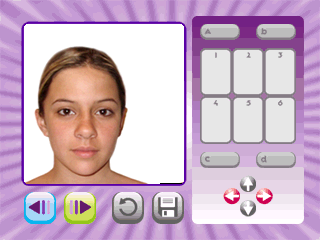
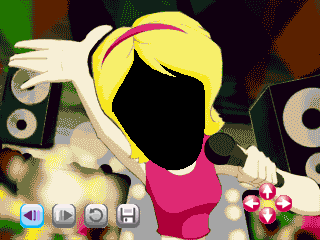
A 200-in-1 Retro Game unit, still quite commonly found in high street stores and on eBay boots to a title of Supreme 200, but the only thing Supreme about it is the amount of copyright infringement, plenty of hacked versions of first party Nintendo games here, including Donkey Kong Jr, Popeye, and Balloon Fight, as well as some others such as Blob Buster which is a hack of Namco’s Dig Dug II.


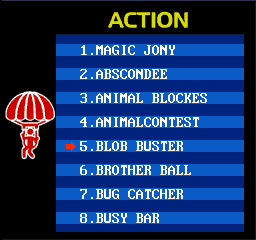
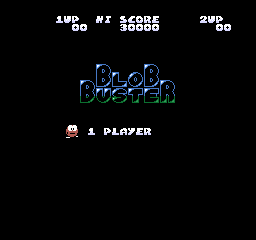

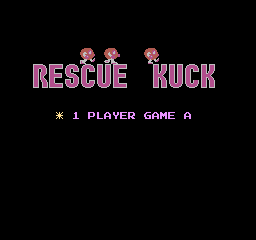
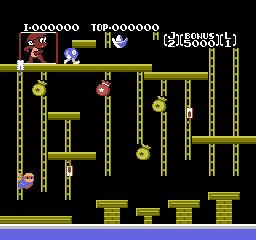
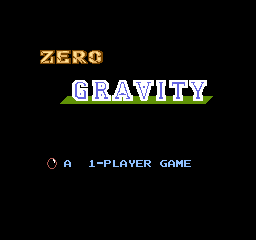
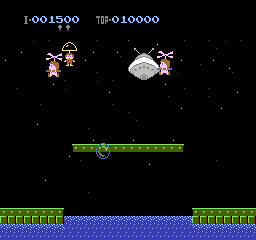
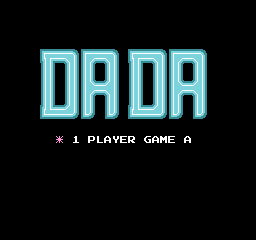
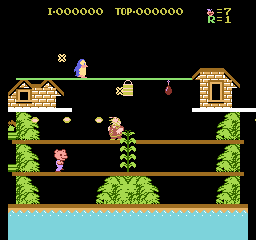
Speaking of copyright infringement there’s the 110 Song Super Step Mania, a VT1682 based dance mat. This has been sold by various companies over the years (most recently Orb Gaming, who seem to be king of unlicensed rebadged Chinese bootlegs at the moment) There’s no sign of any license agreements for the music on the packaging, many of which are obvious rips of commercial Songs (YouTube’s copyright algorithm had fun with this one) It doesn’t stop there however, there are a bunch of bonus games, the majority of which use completely unlicensed assets. There are actually newer versions of this in China with even more songs, but those haven’t been dumped.
While many of the game here might look the part, with graphics ripped straight from the arcade games there is little to no gameplay on offer. These are significantly worse than the games found in even the InterAct V1682 based unit previously mentioned. The Puzzle Bobble rip-off (called Mind Bender) here makes the version in the previously featured SunPlus based Caplet look like a masterpiece! The ‘Rally’ game, which just like the games found in other VT1682 based devices steals graphics straight from Thrash Rally has weaker gameplay than comparable units and the one with Metal Slug graphics is nothing but shooting down the same chopper over and over again. The game stealing Mighty Pang graphics looks awful in motion, flickering the sprites to simulate transparency. This is shameless, minimal effort garbage.

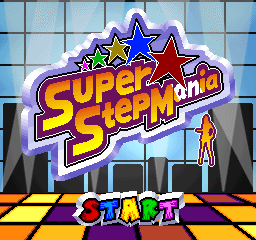


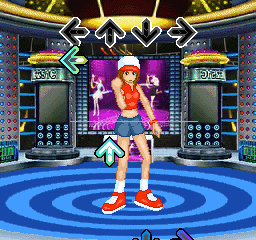
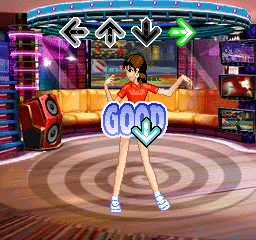

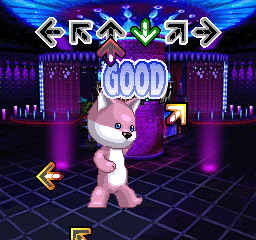
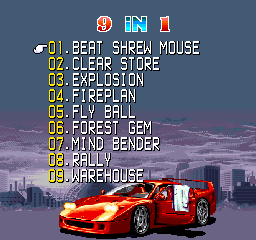
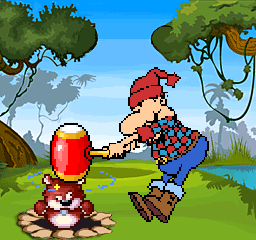
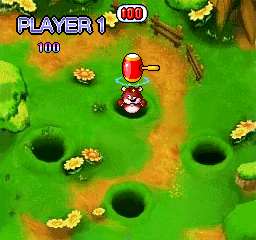
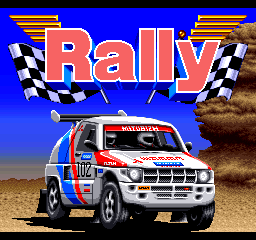
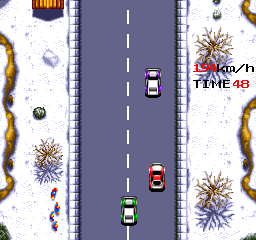
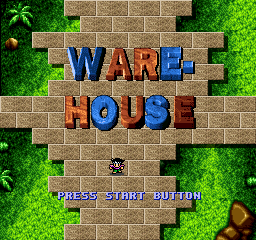
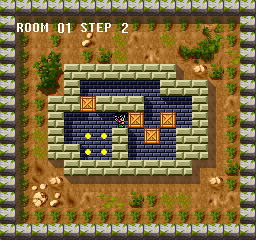

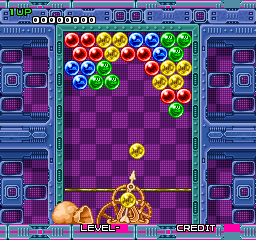
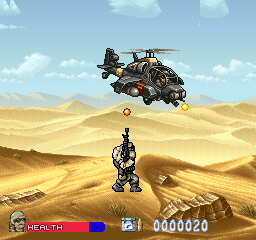

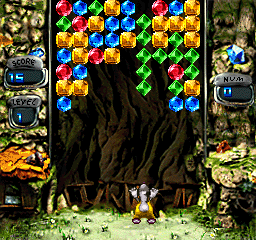
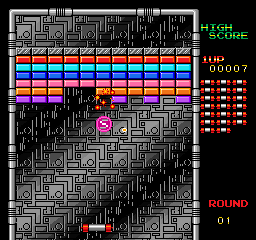
The above Dance Mat isn’t the only place some of those bootleg games would appear tho. A unit called the WOW Wireless has 5 sports games as well as another selection of VT1682 asset stealing abominations. Even more amusing is that even on real hardware the Bomberman clone doesn’t work properly here as the raster timing programmed into the game is still that of the NTSC unit which causes the raster split to not work. This one remains NOT WORKING because it uses high colour mode for the main menu and some of the title screens, this feature is not yet emulated.
Maybe the most surprising thing about this collection of games however is that one of them rips assets from the Back to the Future game. I can understand assets being stolen from popular games, but the Back to the Future game was almost universally hated, although this implementation is so bad it almost makes you appreciate the original. Almost. Other rip-offs include another single screen shooter using Metal Slug sprites, and a Columns clone with just about the least fitting music you could imagine. If you want to try these minigames for yourself you’ll have to go to the 6th panel on the incorrectly rendered main menu.

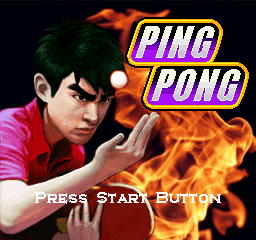
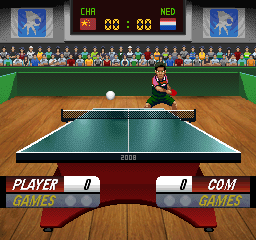



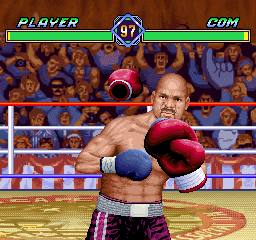
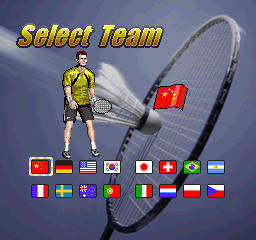

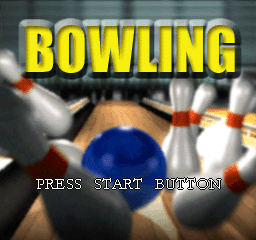
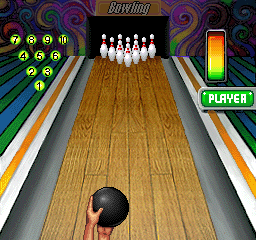
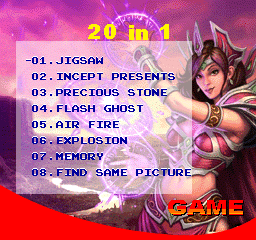
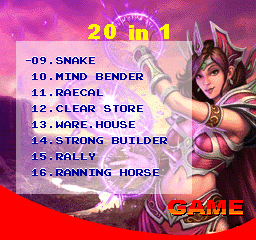

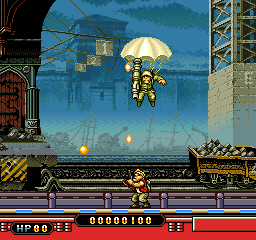

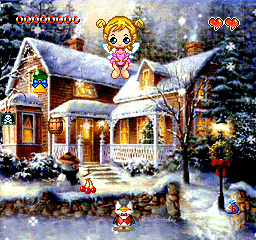
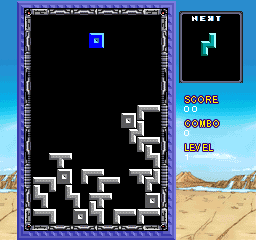
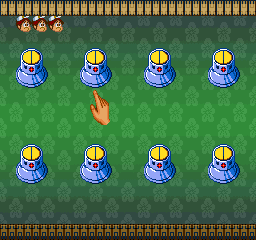
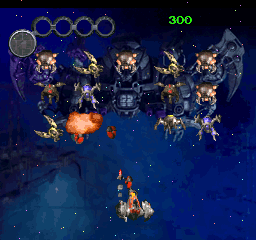
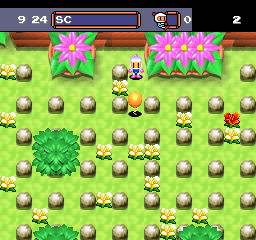
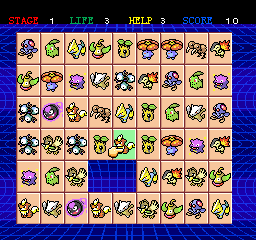
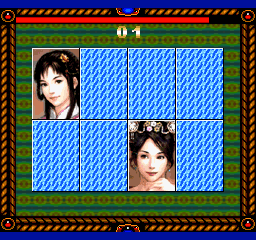
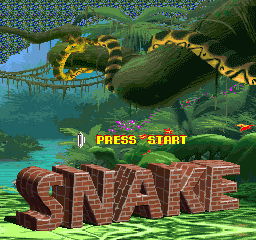
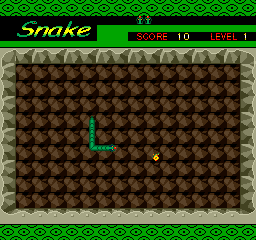
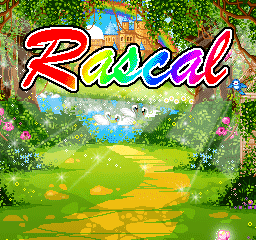
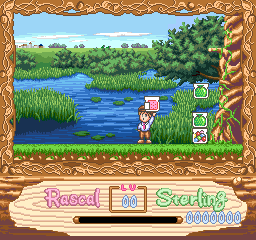
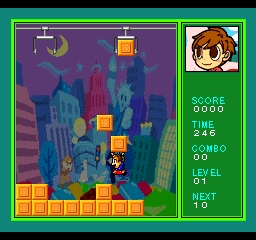
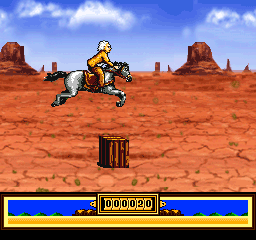
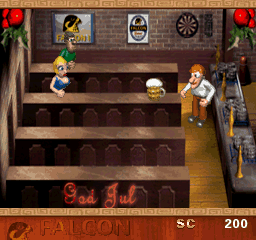
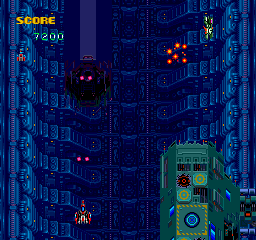
That’s enough for the first part, a lot of ‘In Progress’ and ‘sub-bootleg’ levels of stuff here, but hopefully some of it was interesting at least. Many of these could be covered in more detail, maybe one day that will happen.

